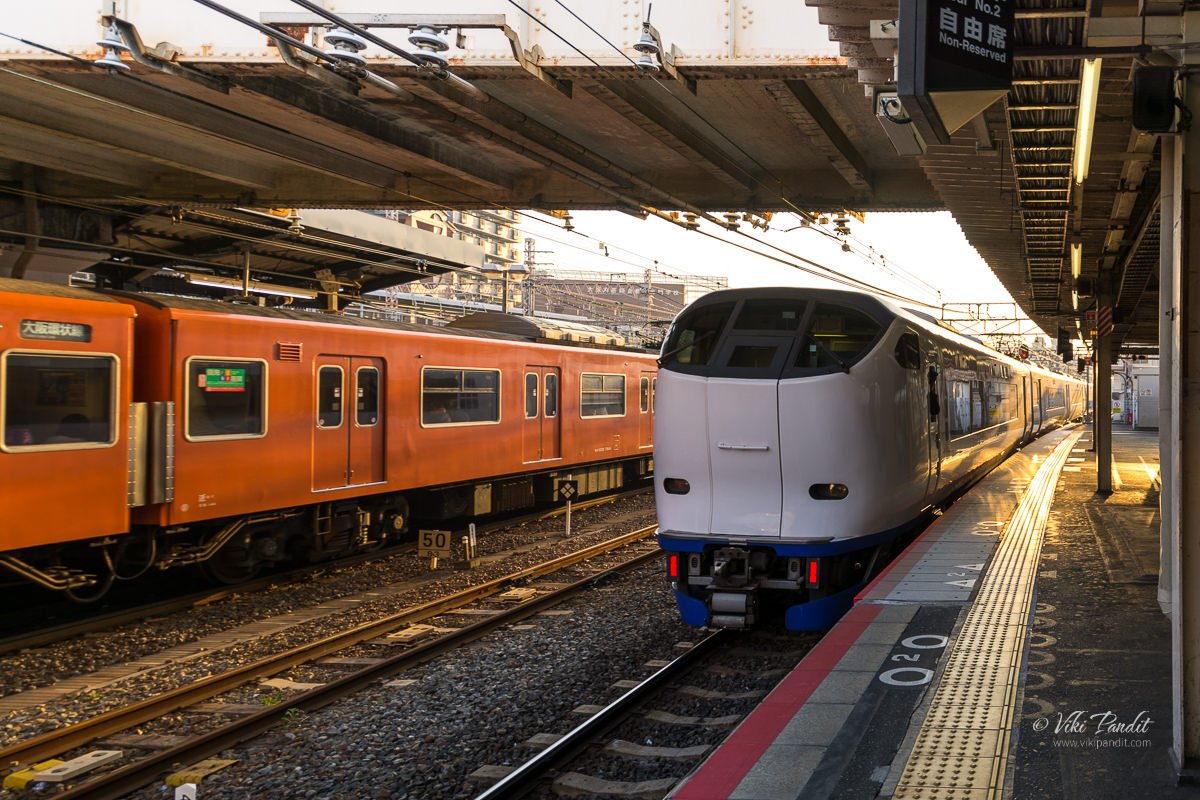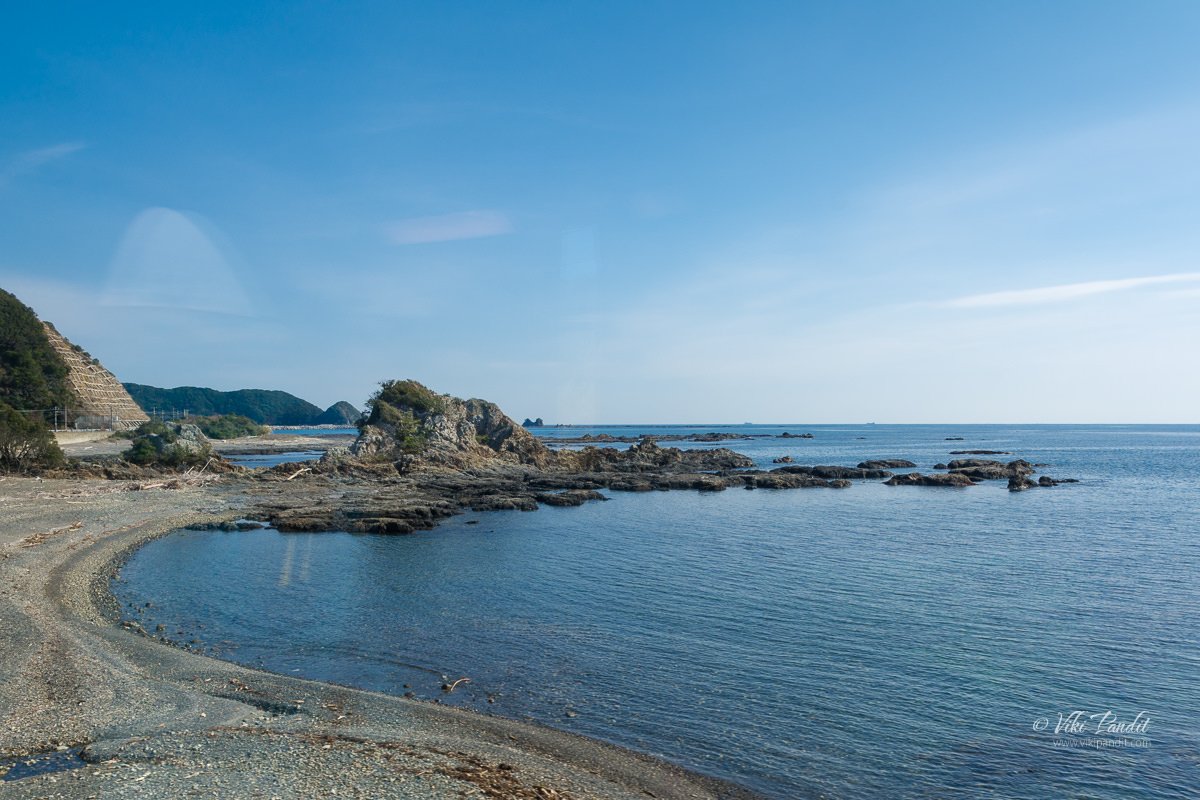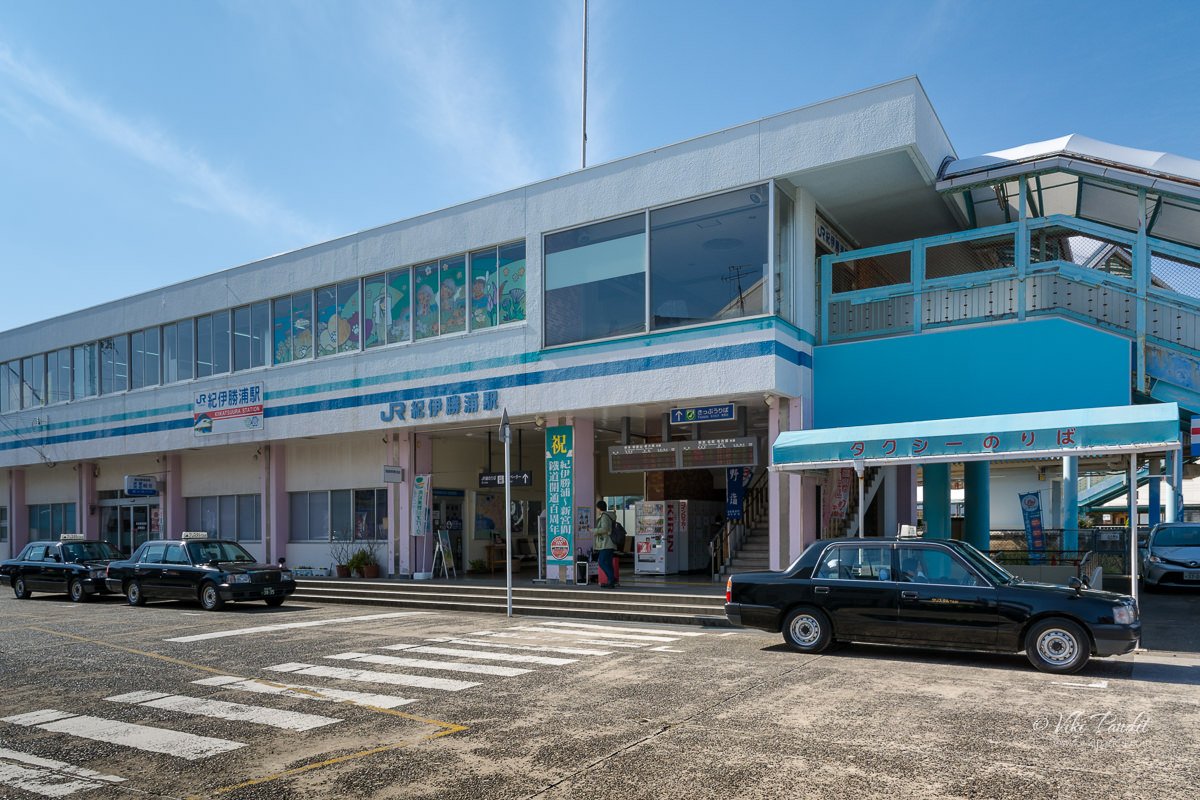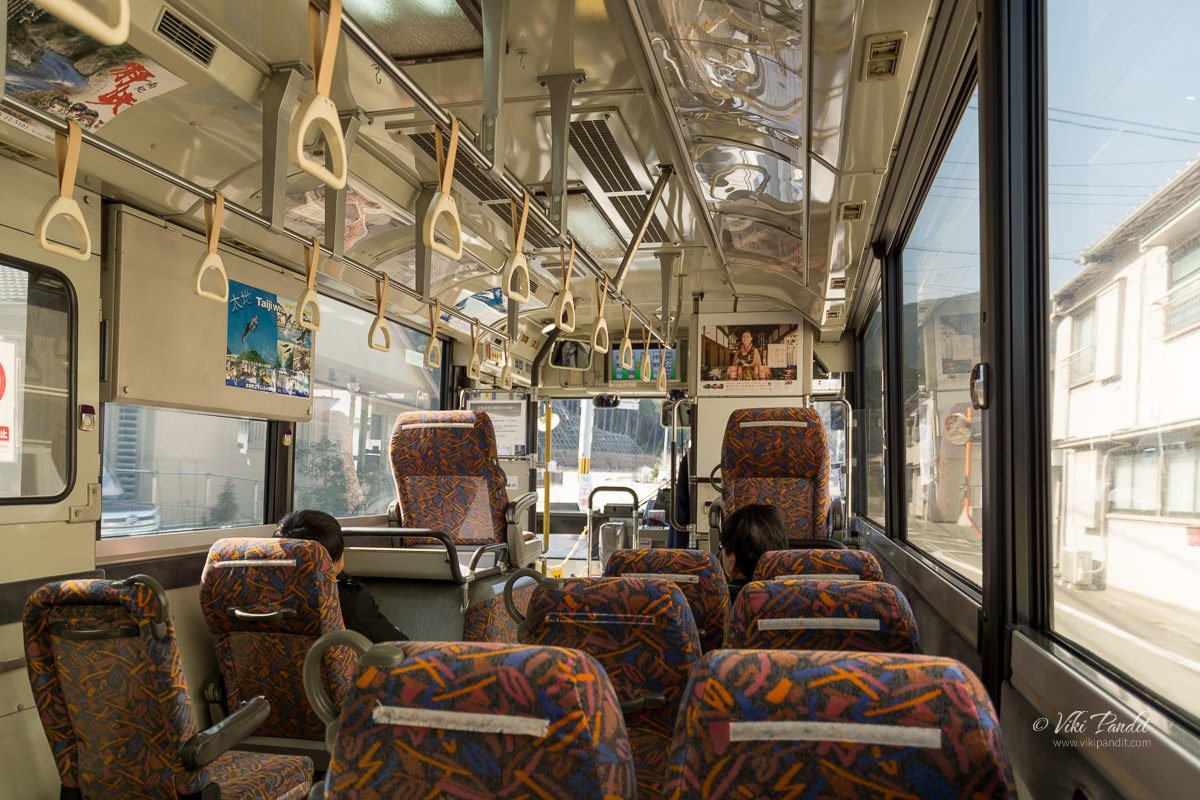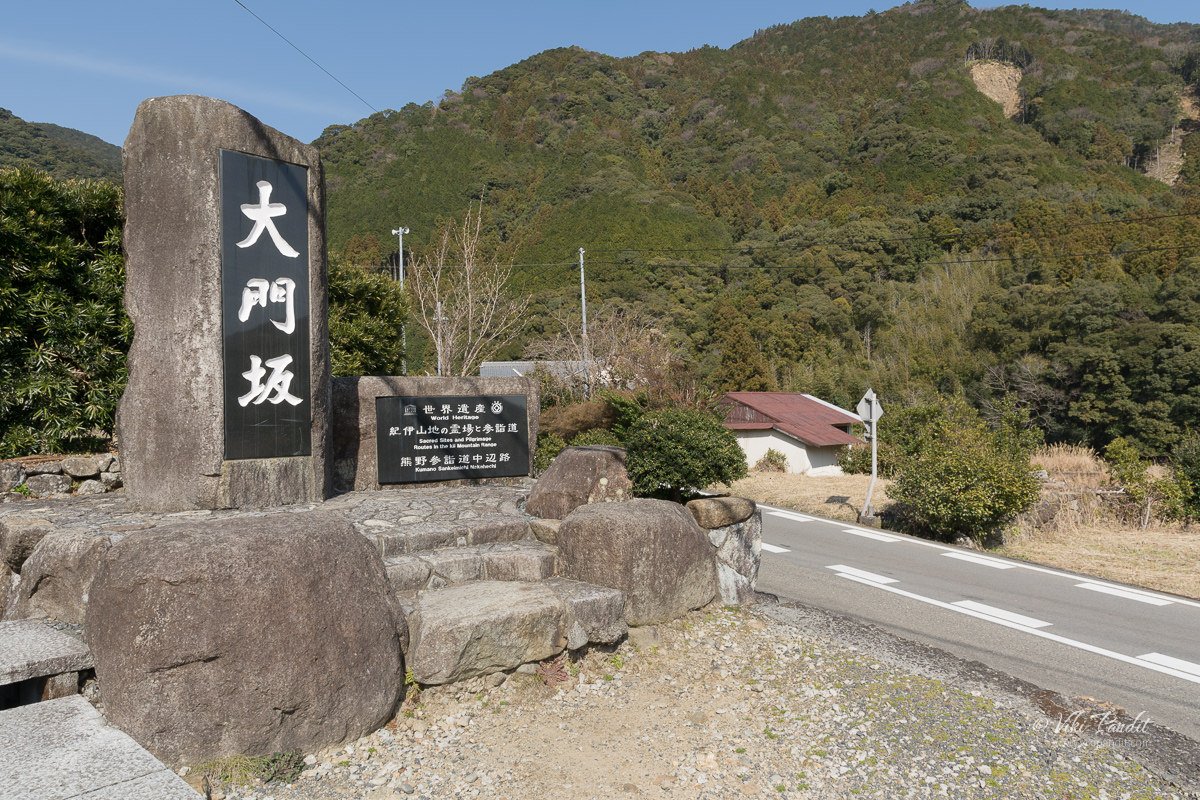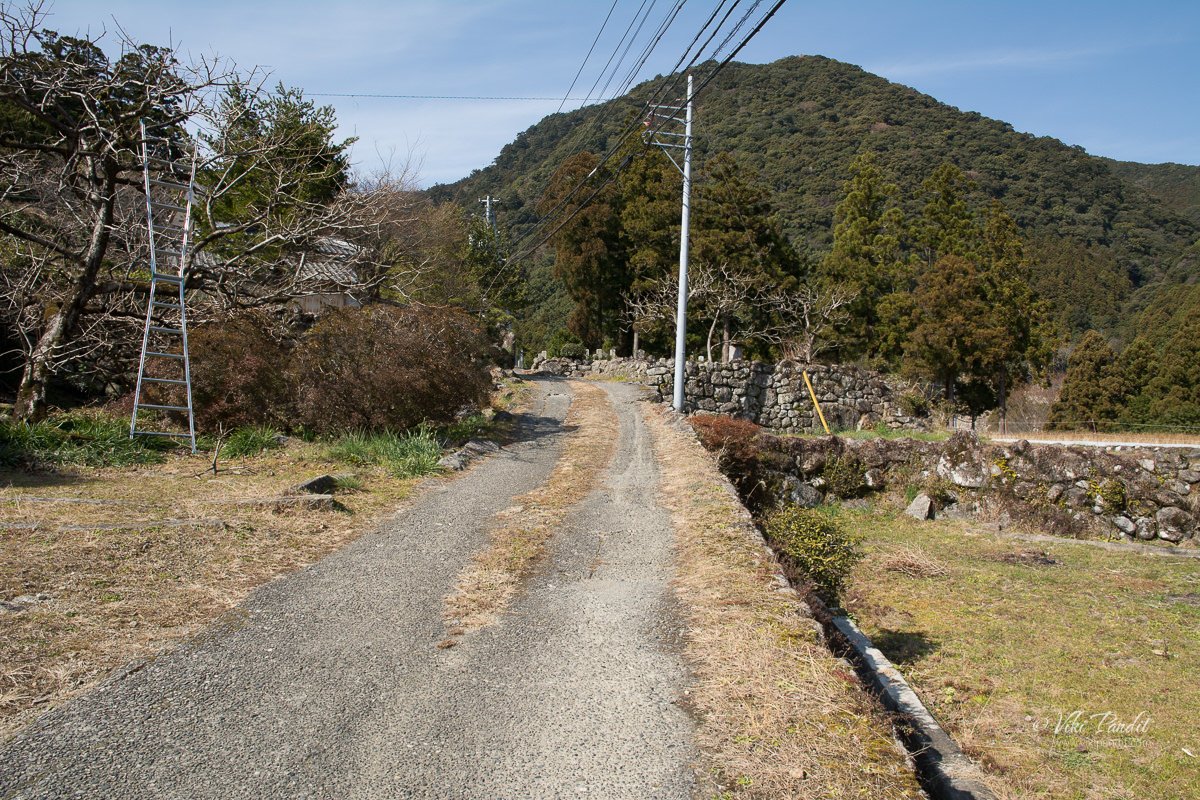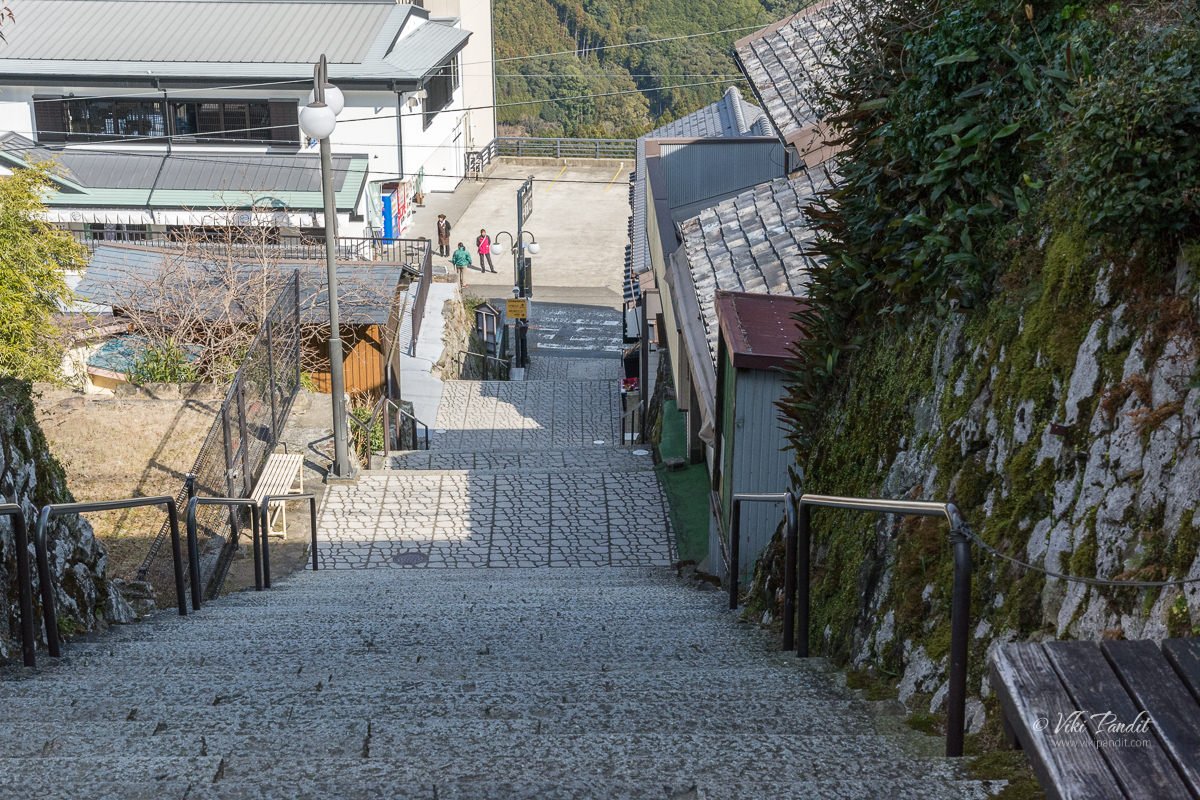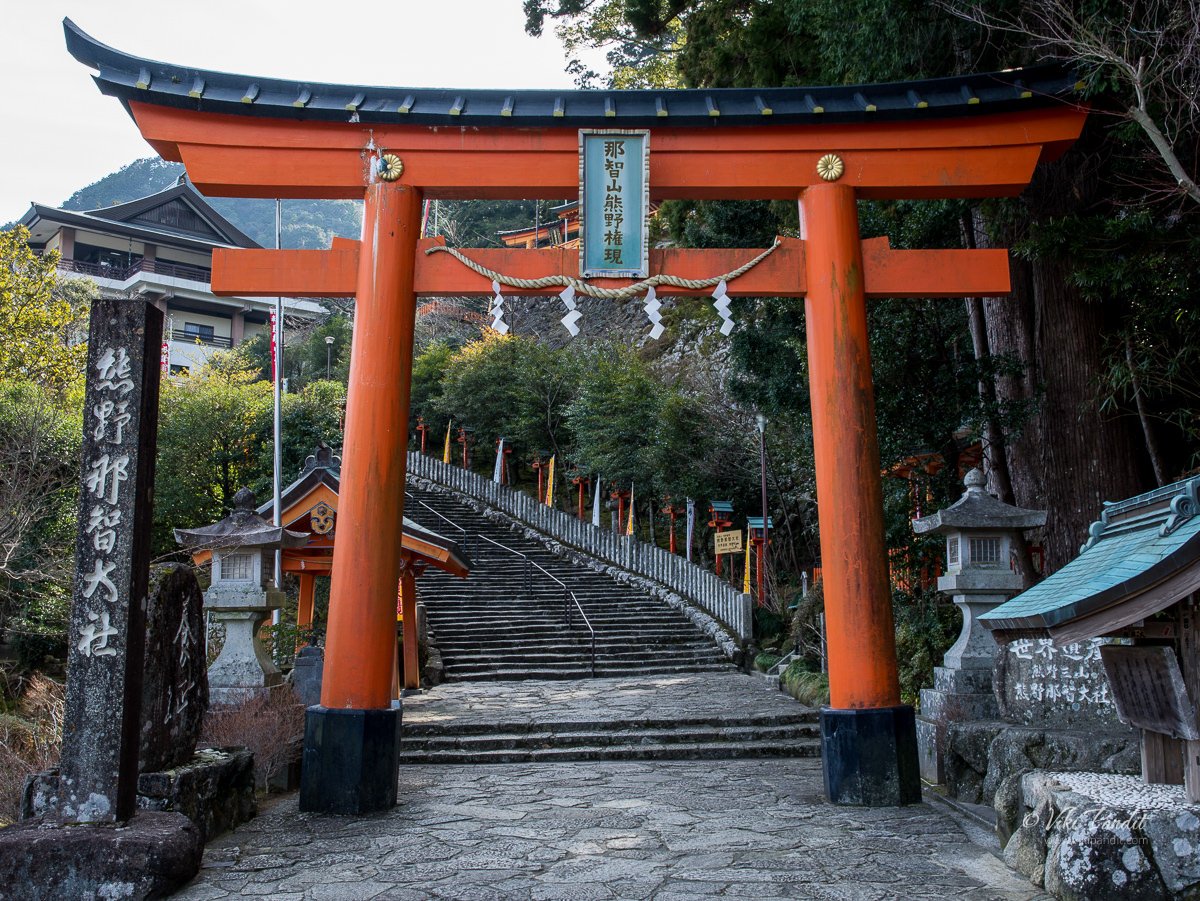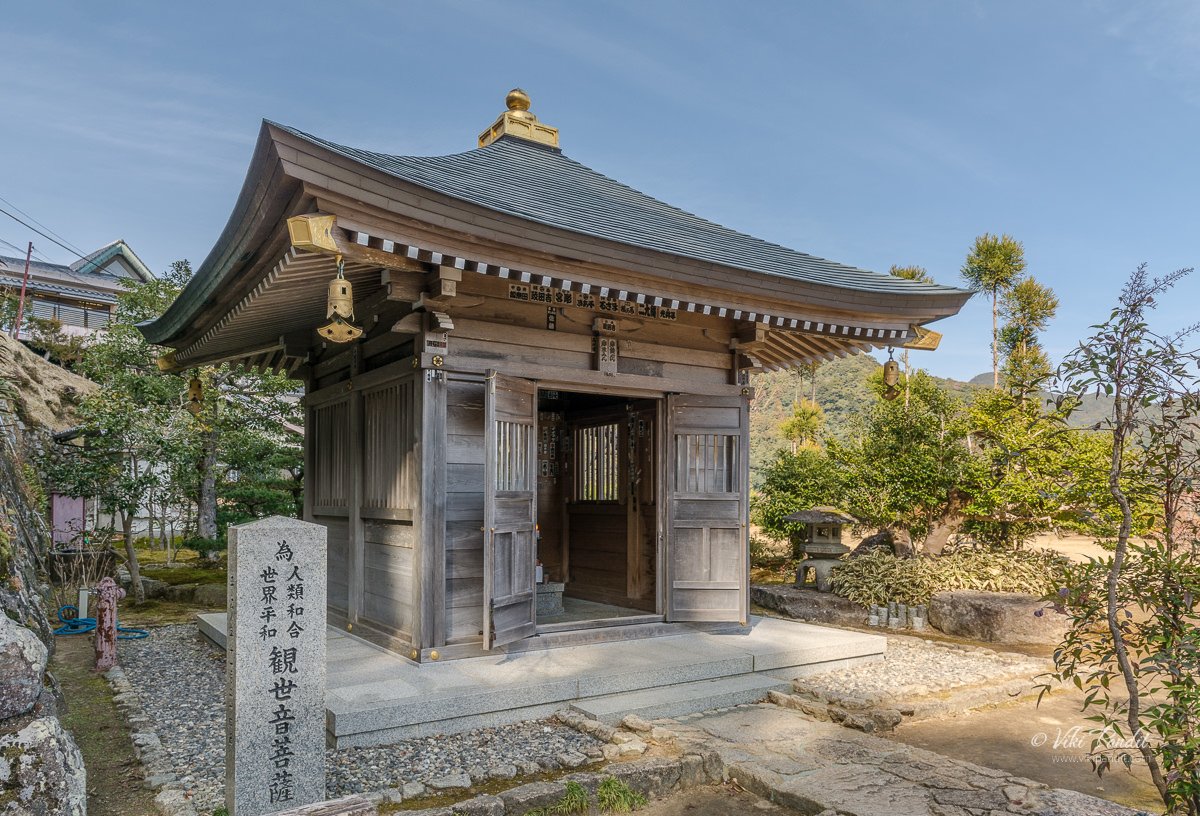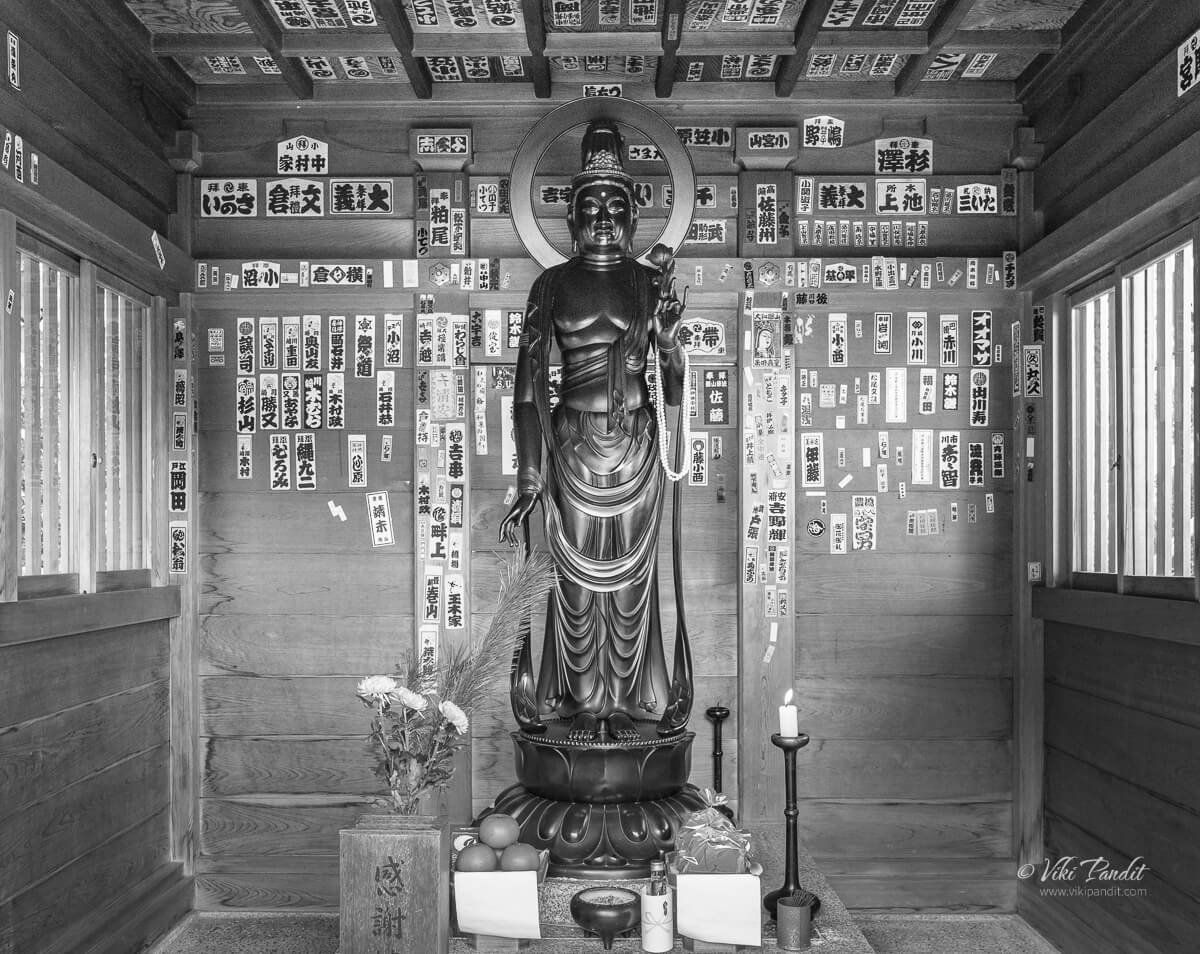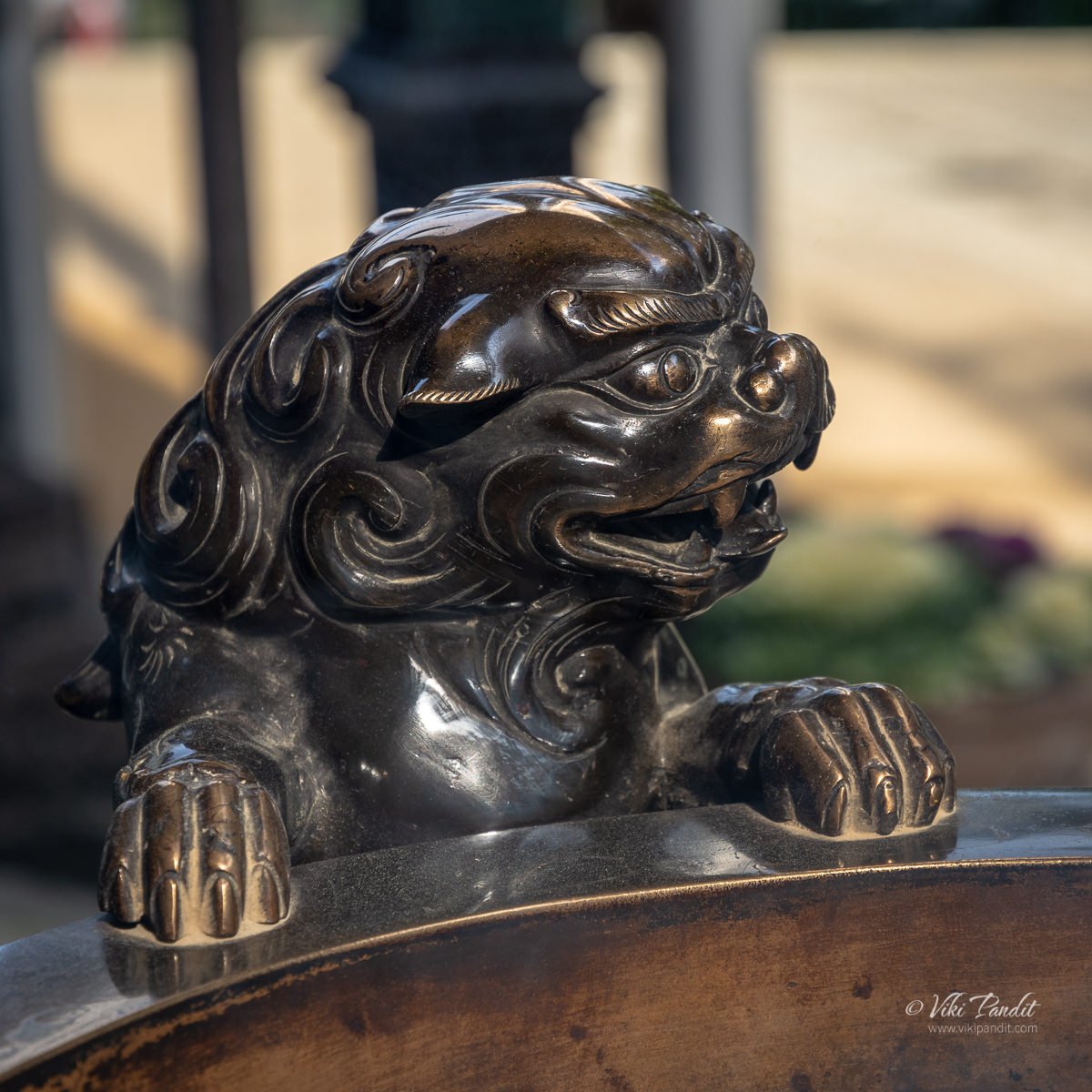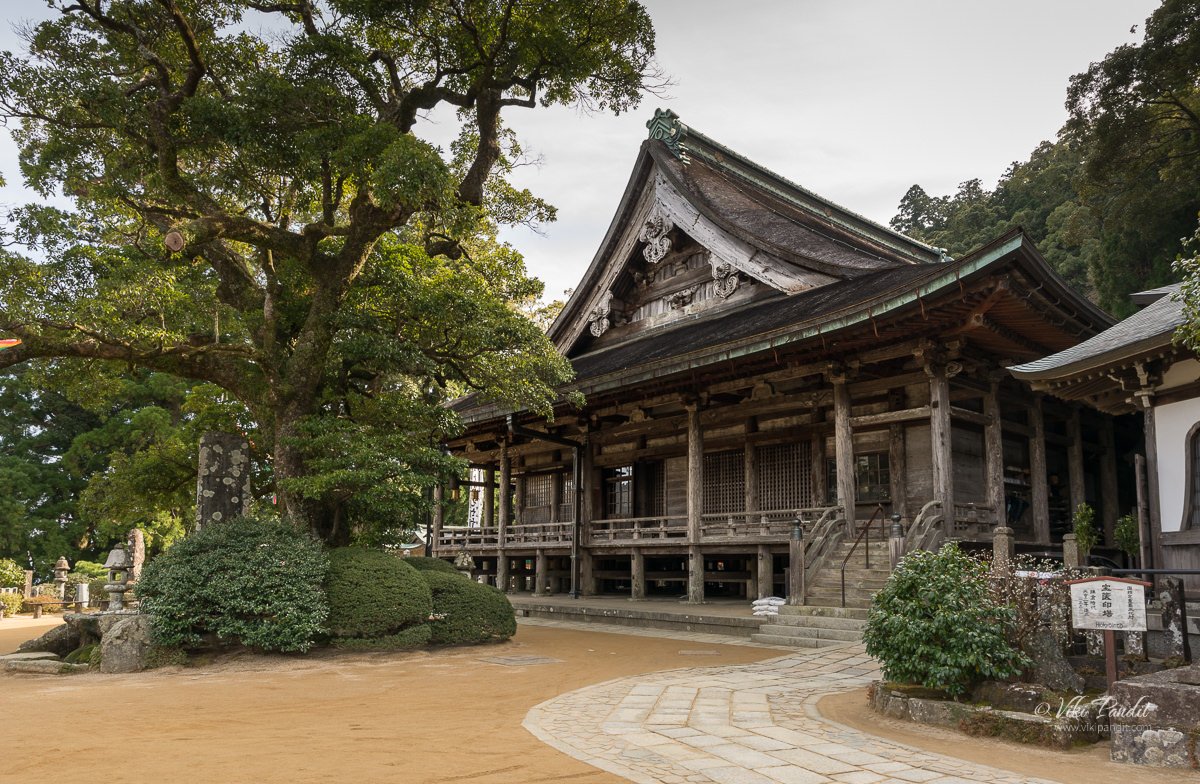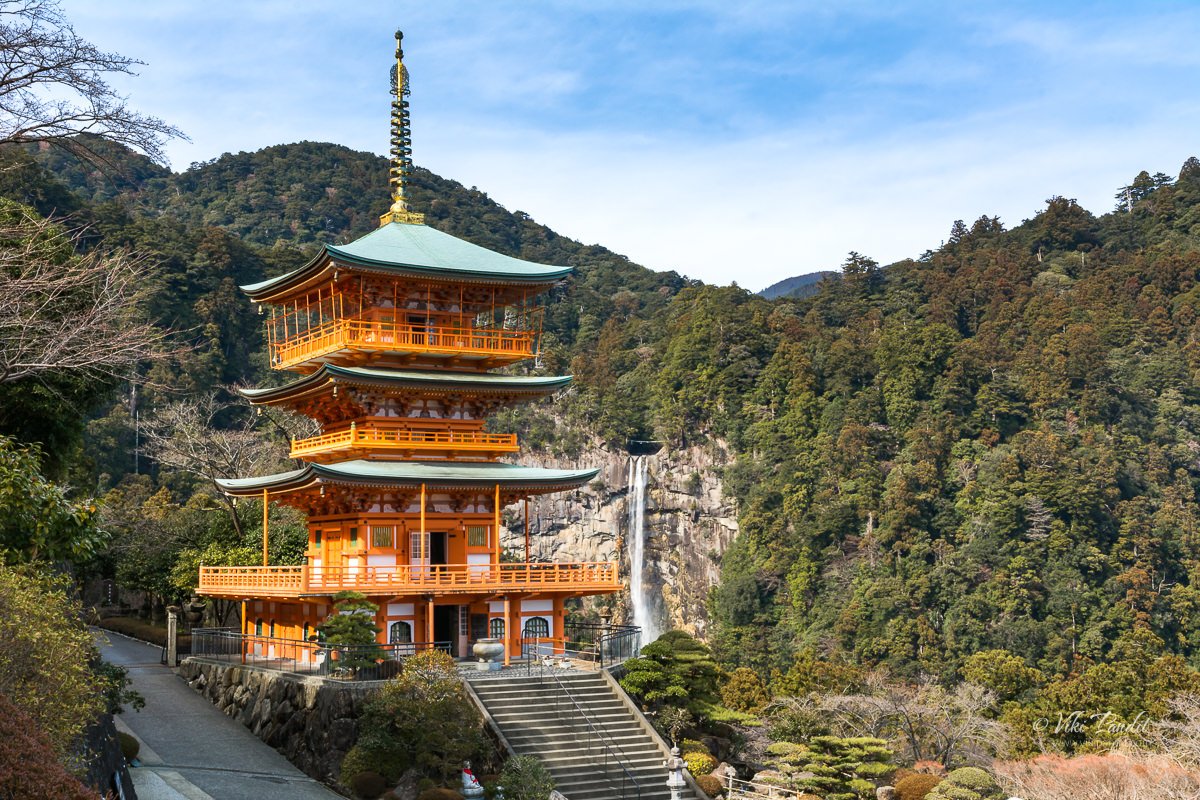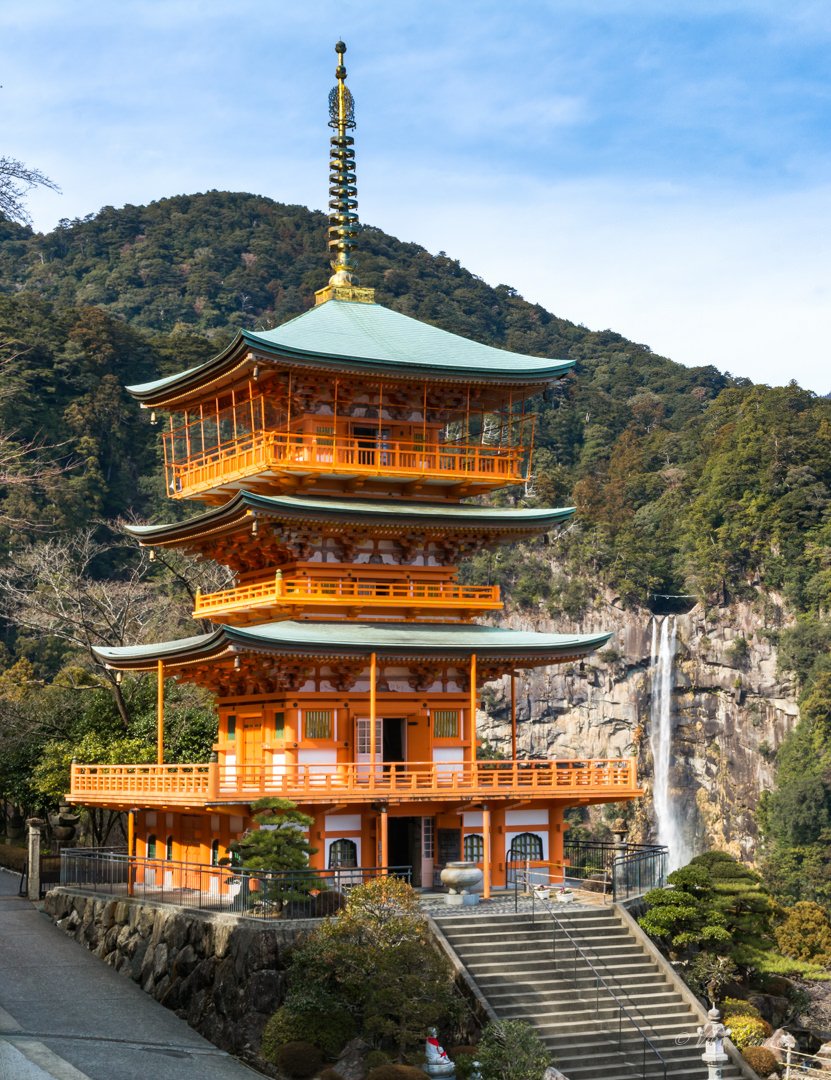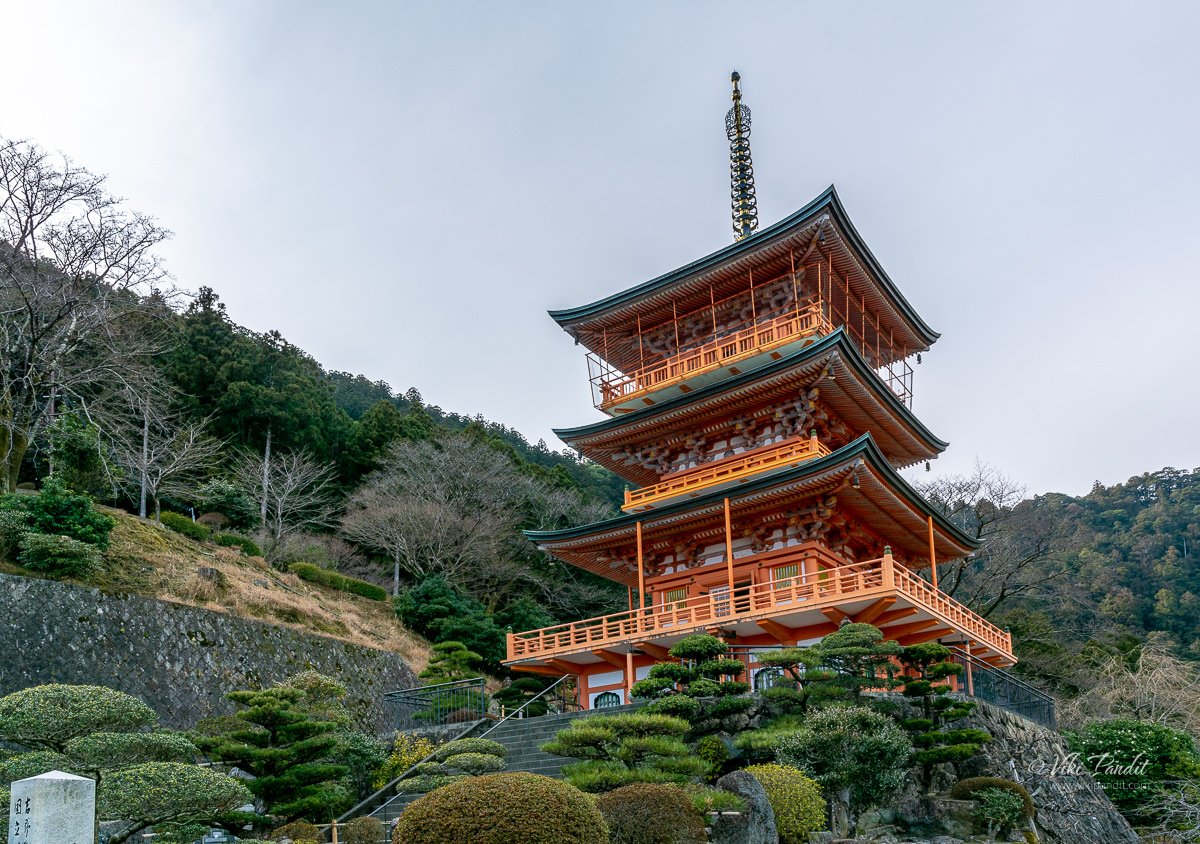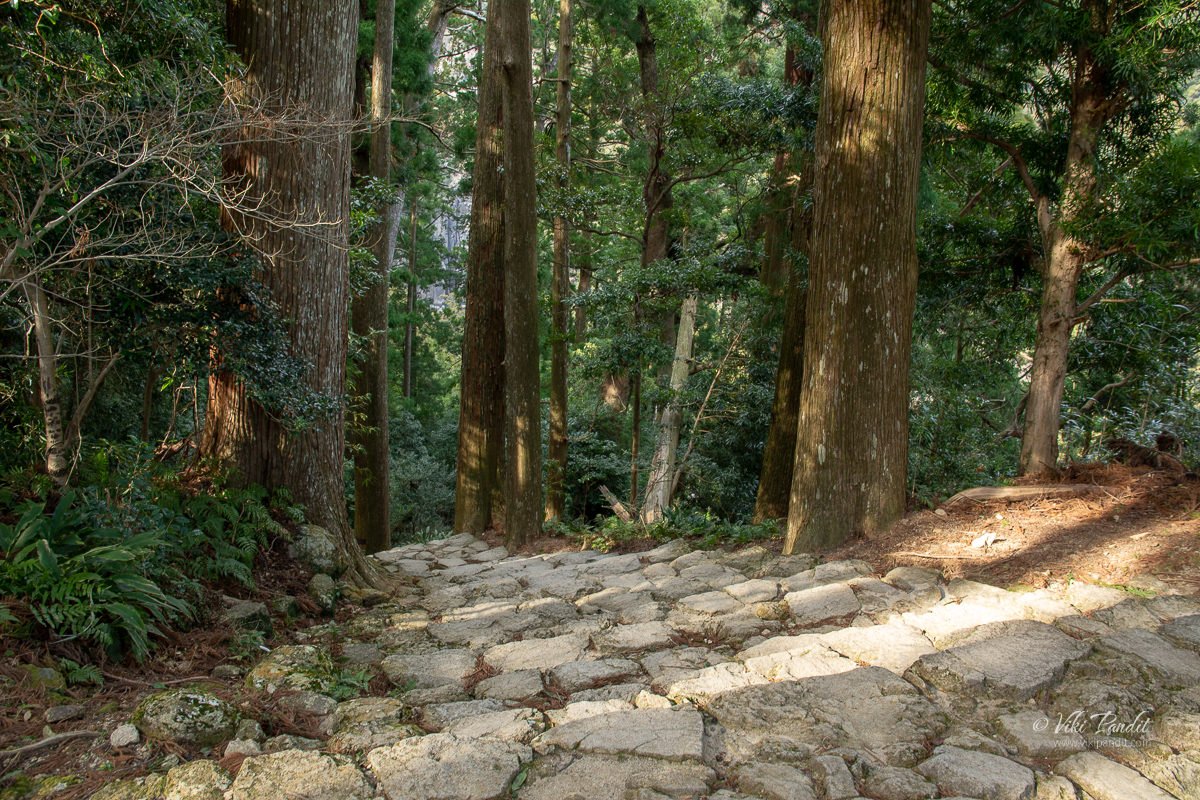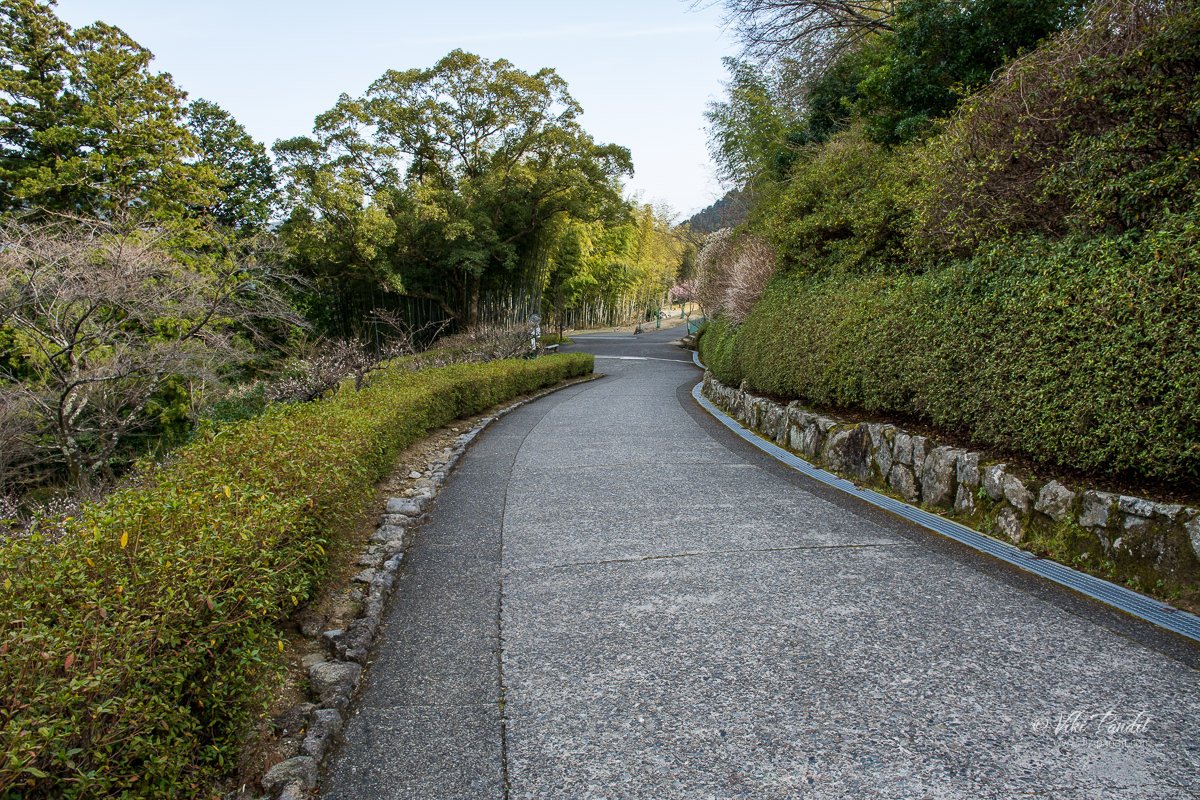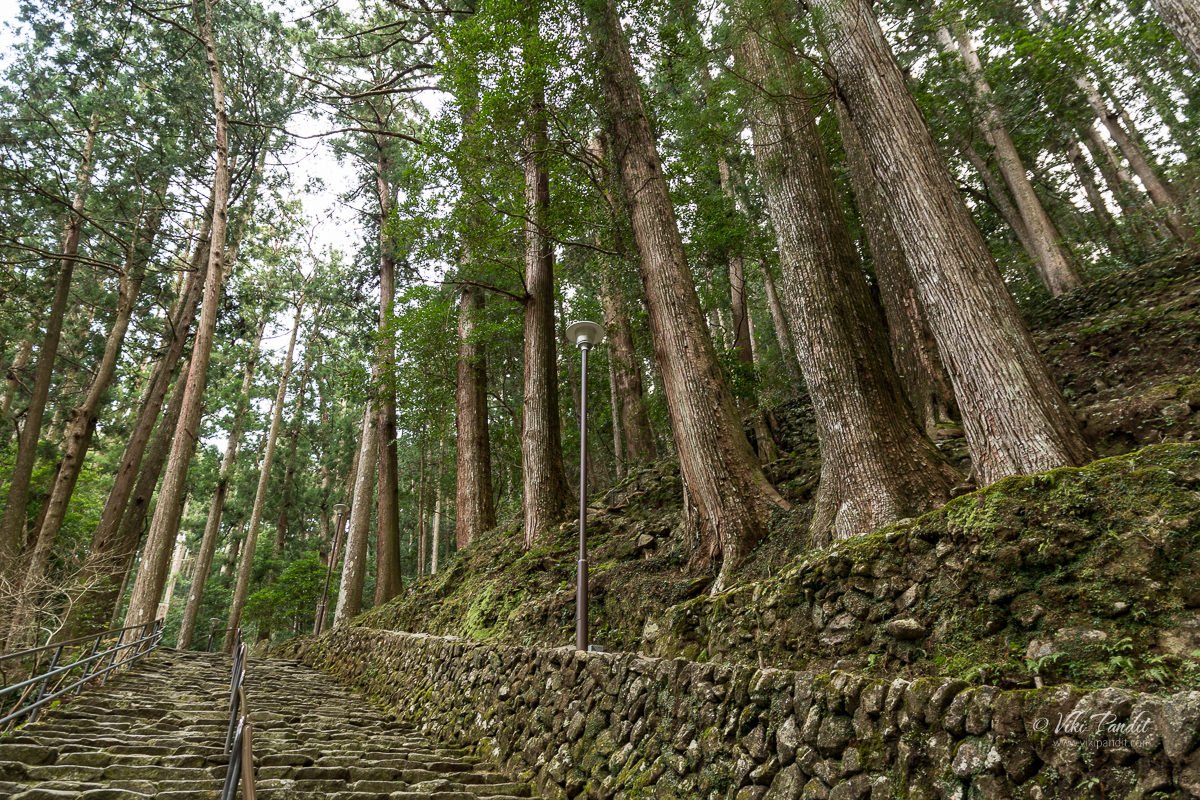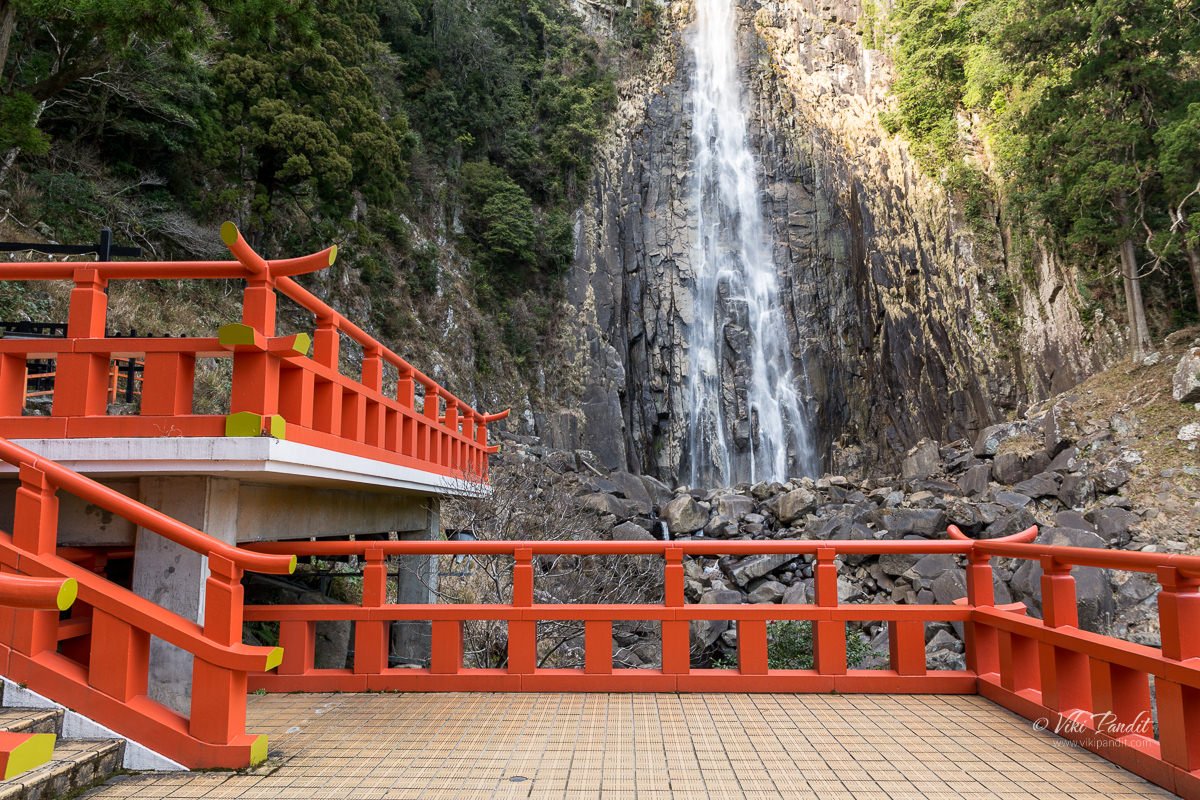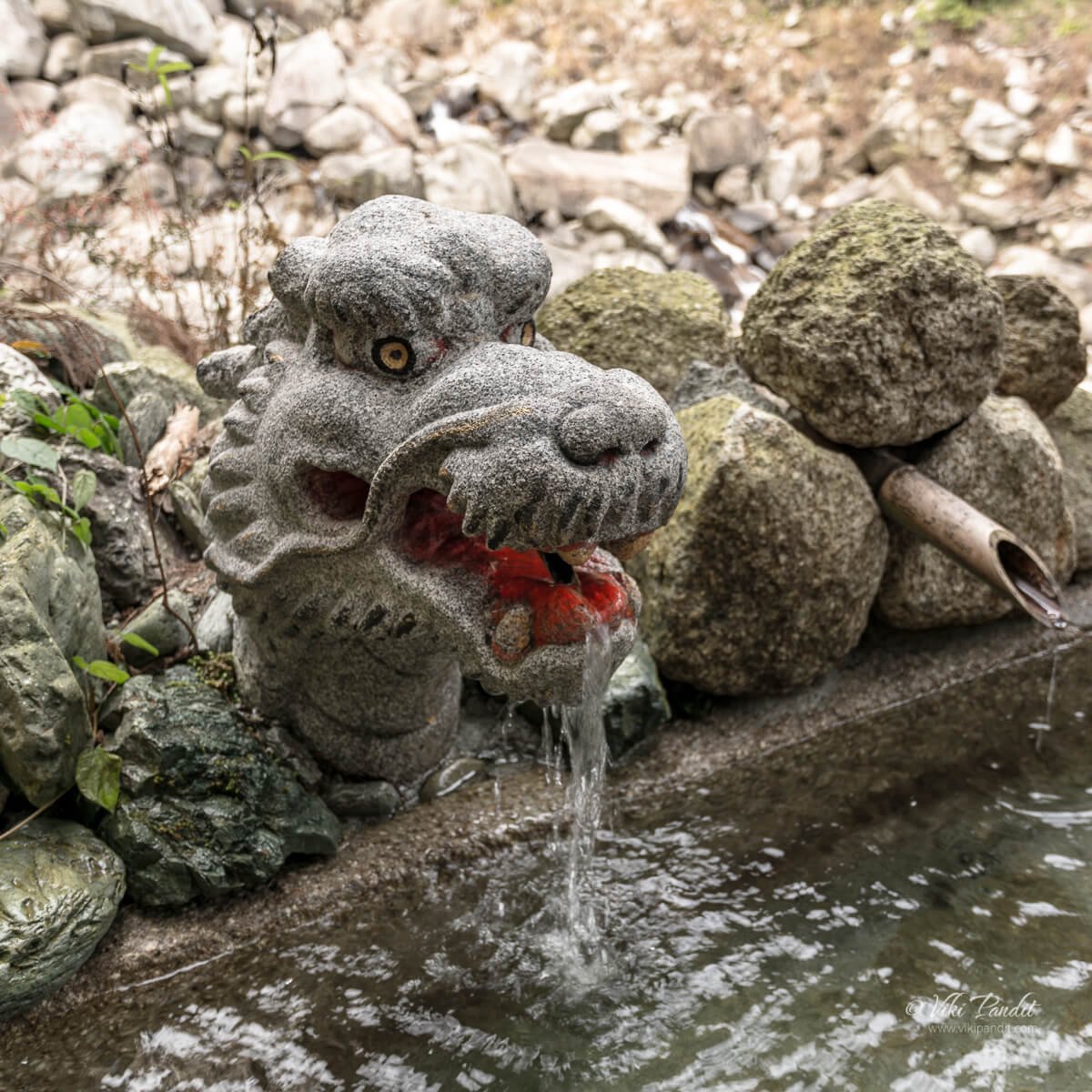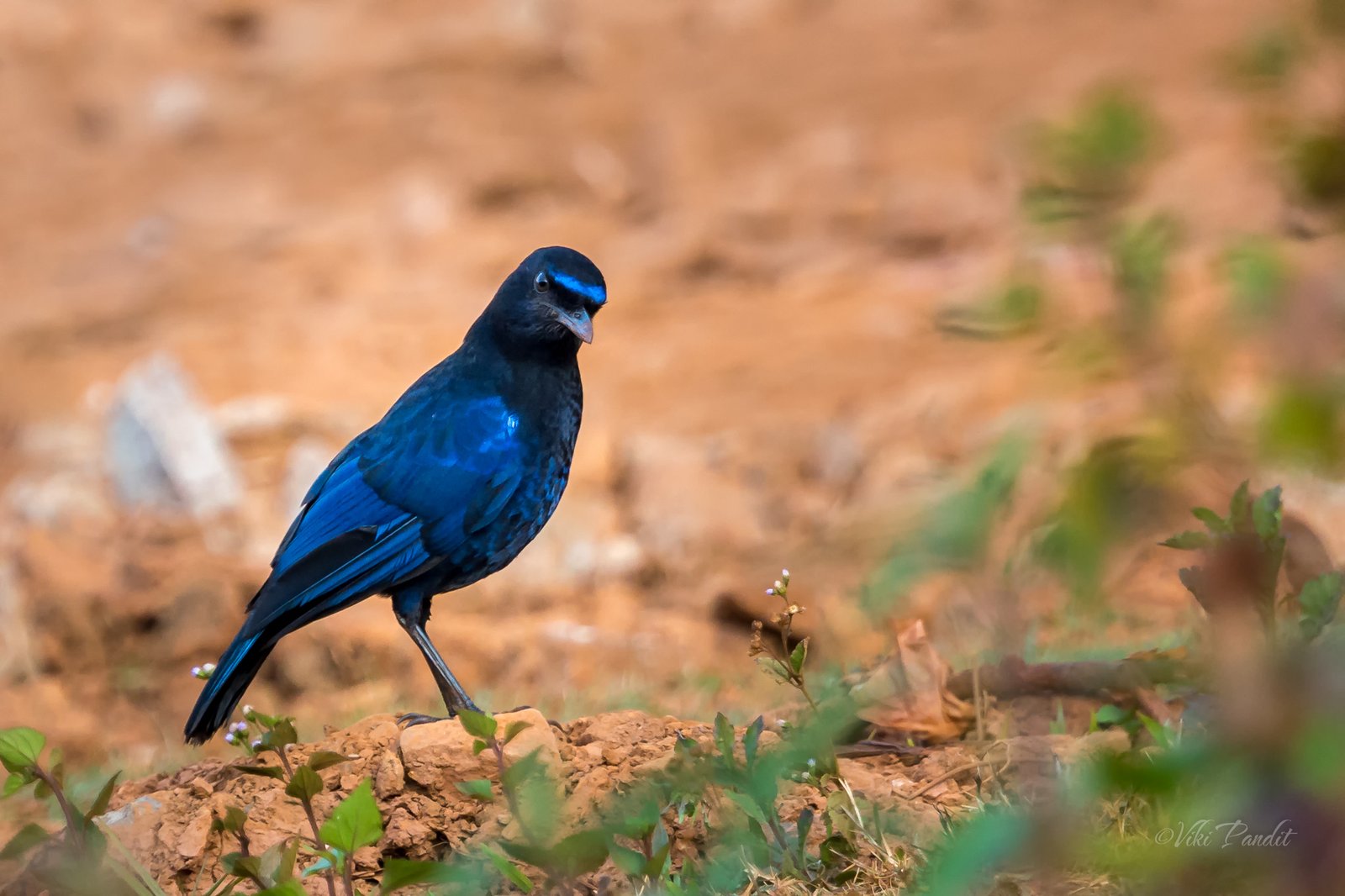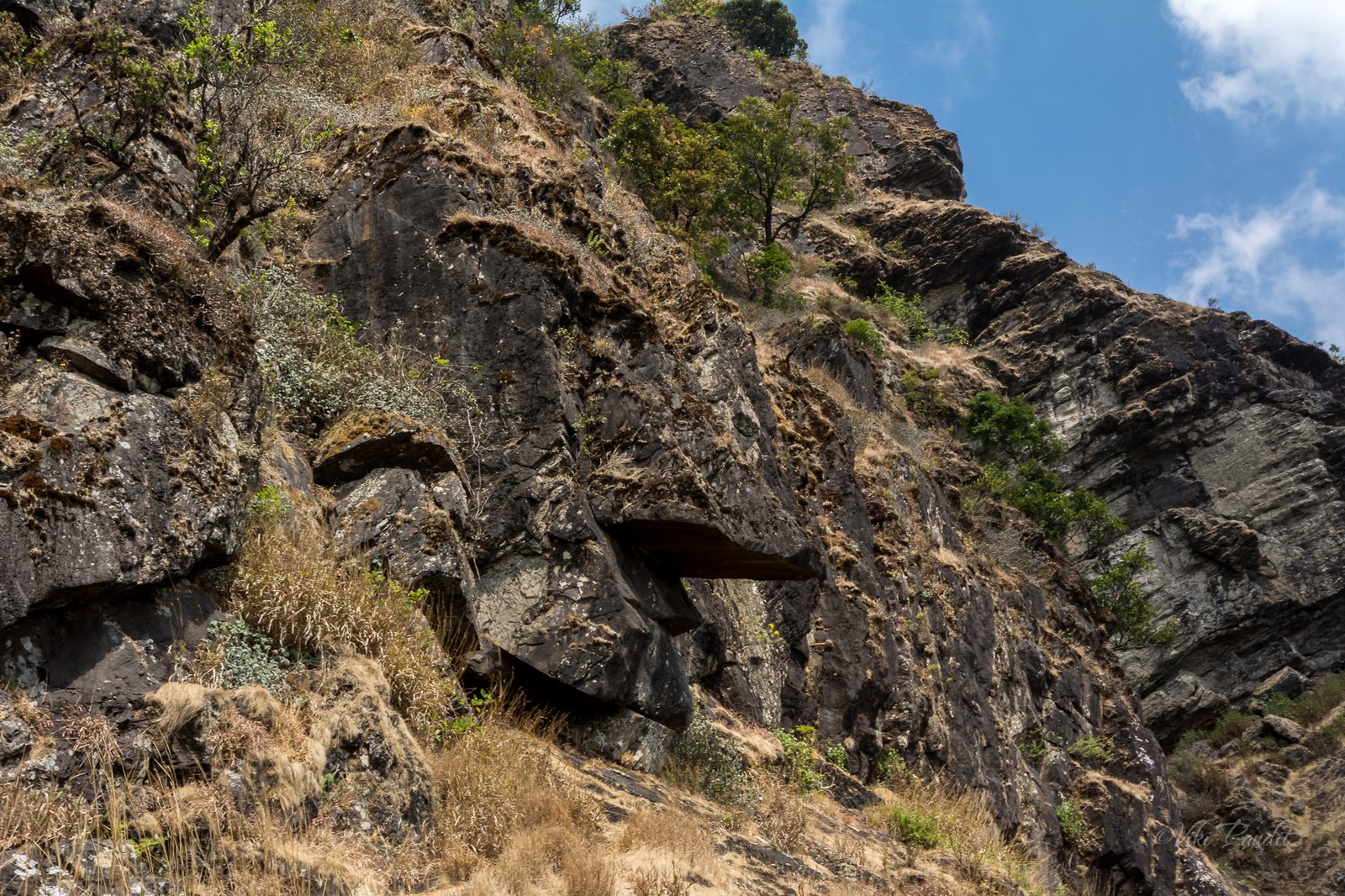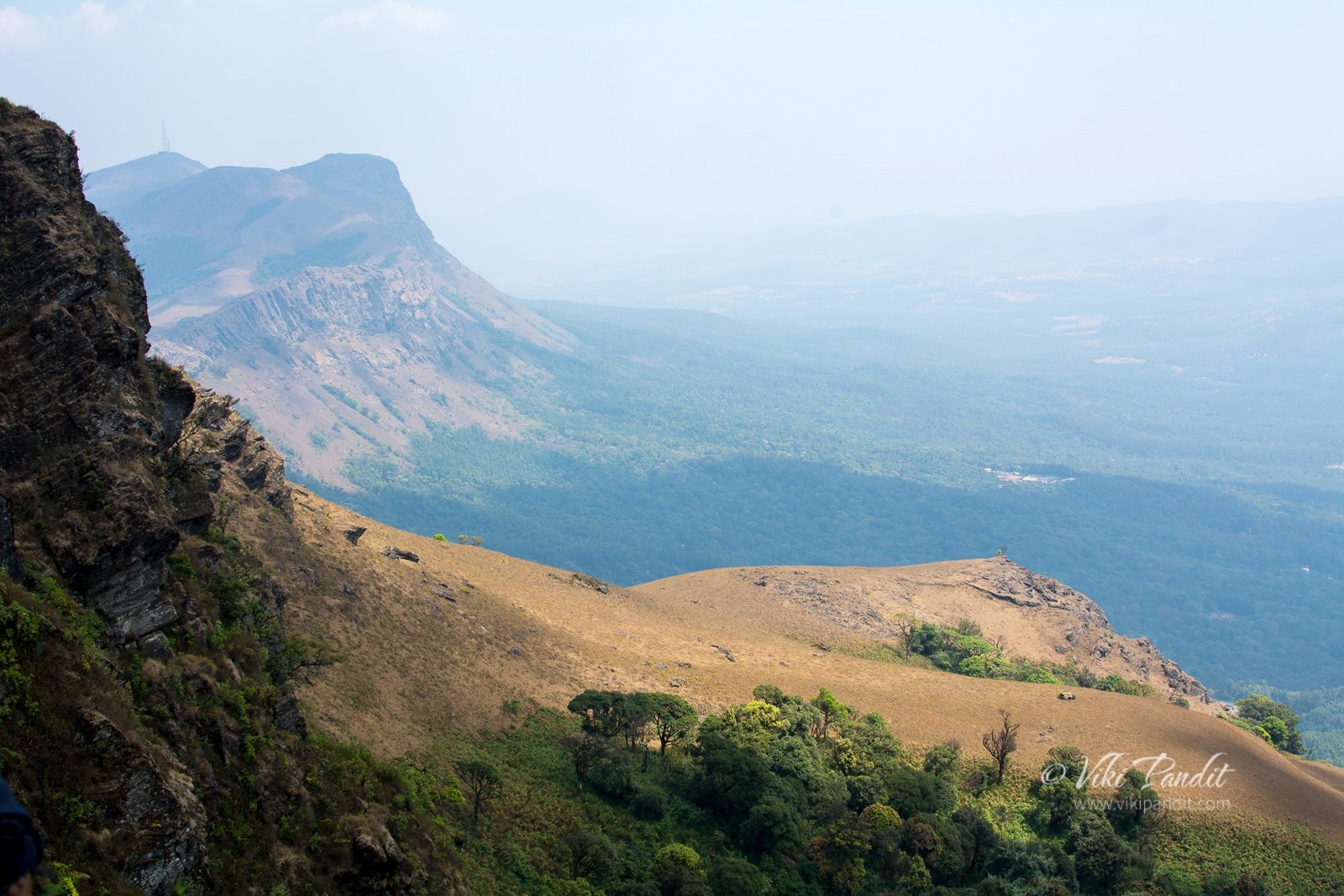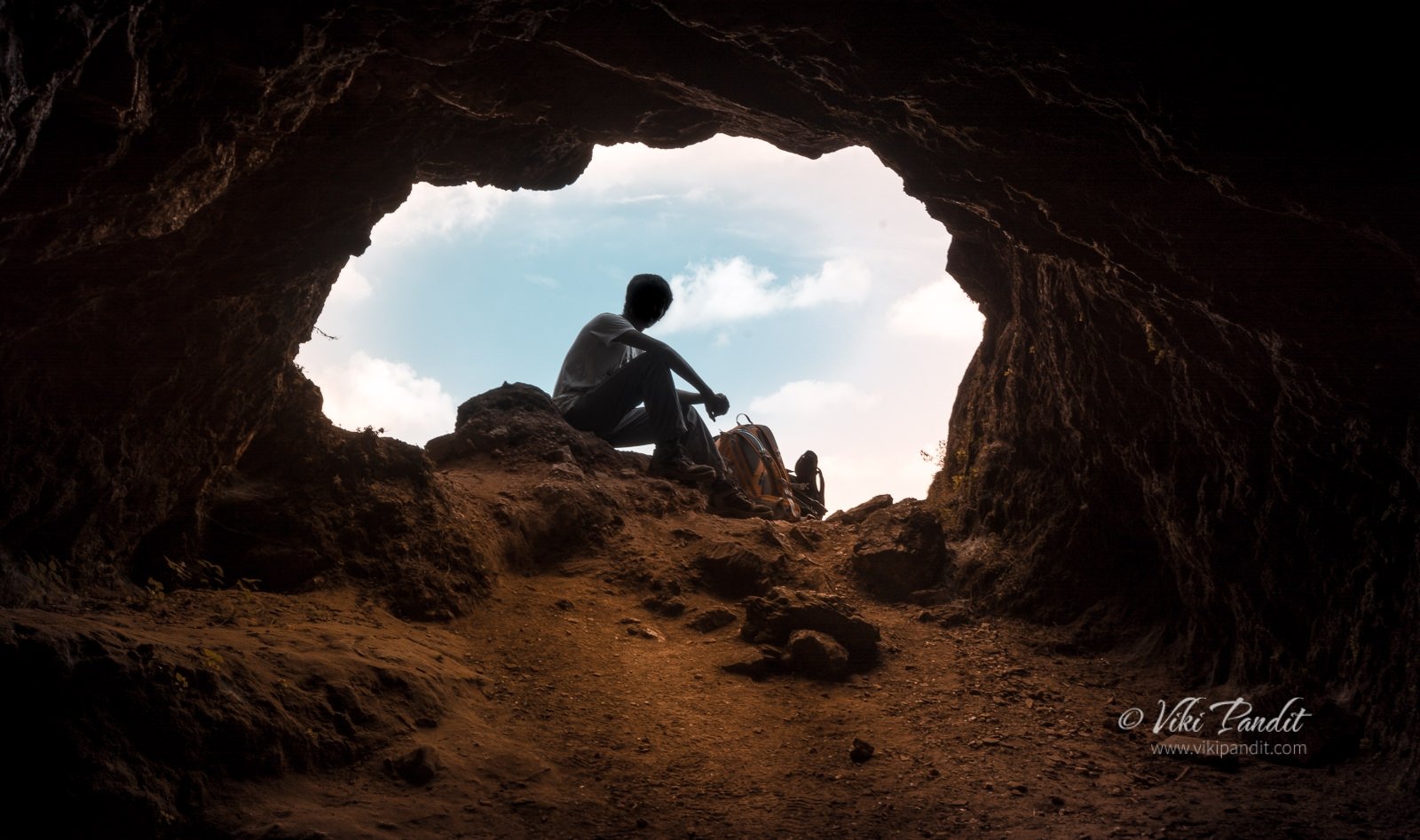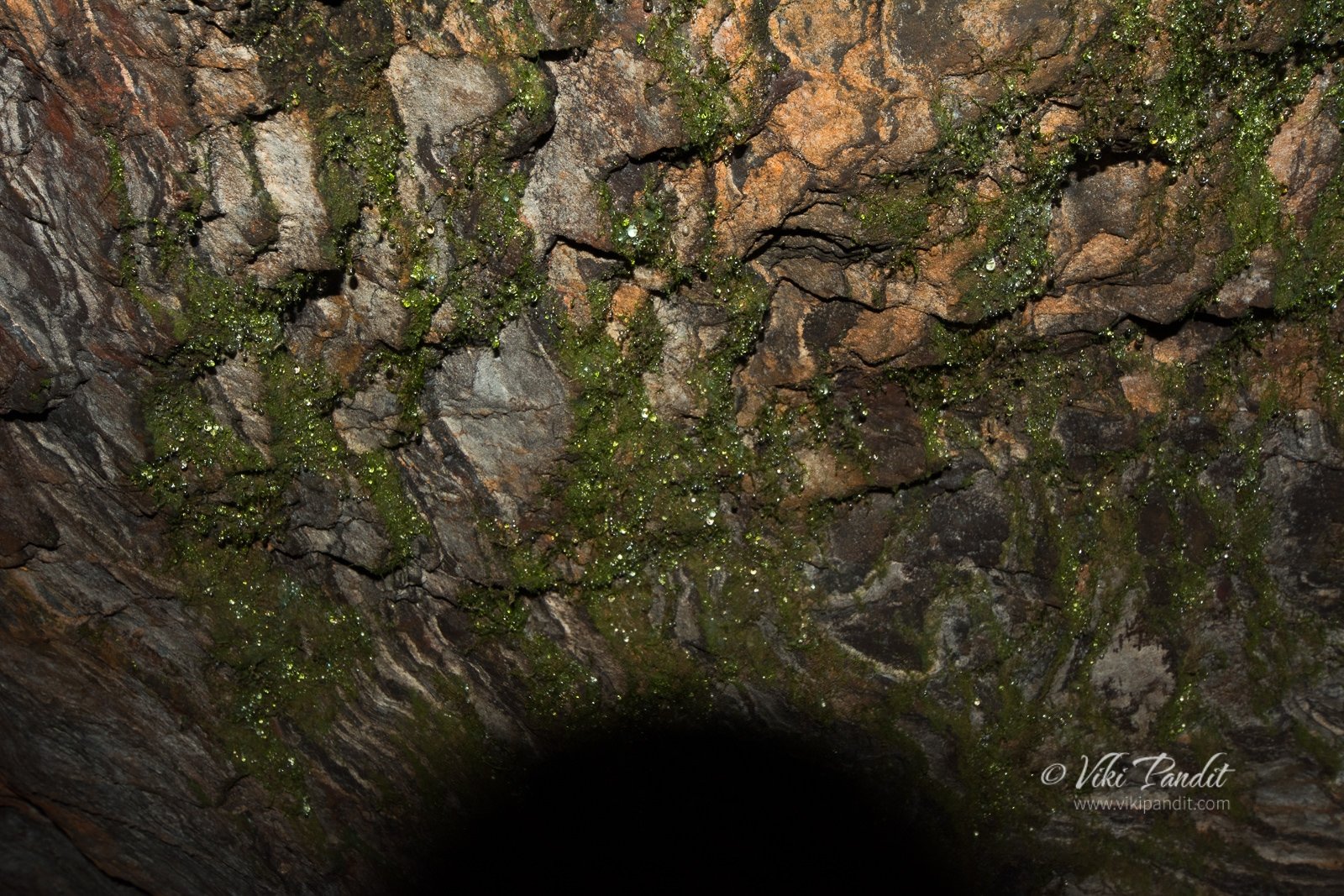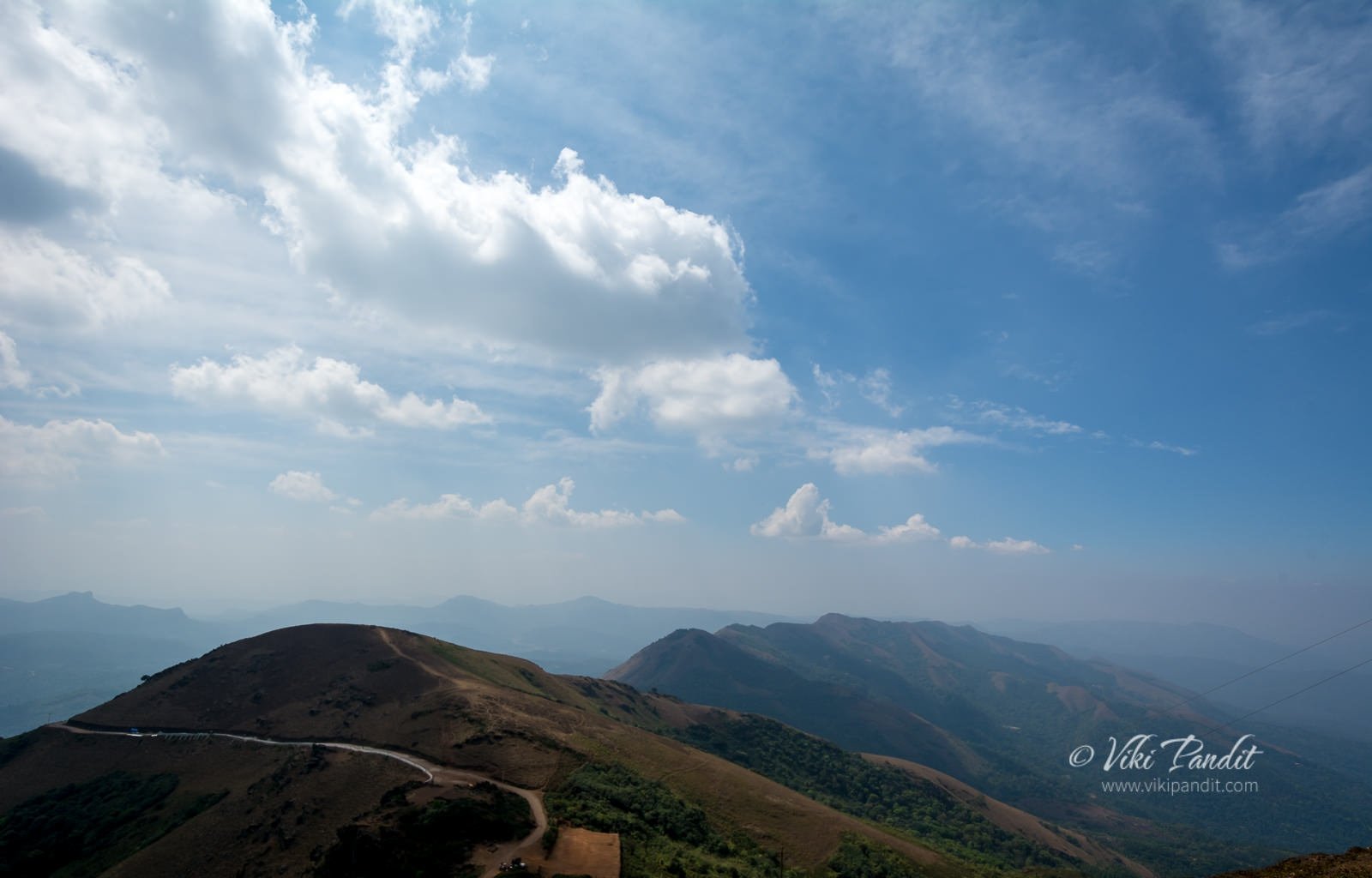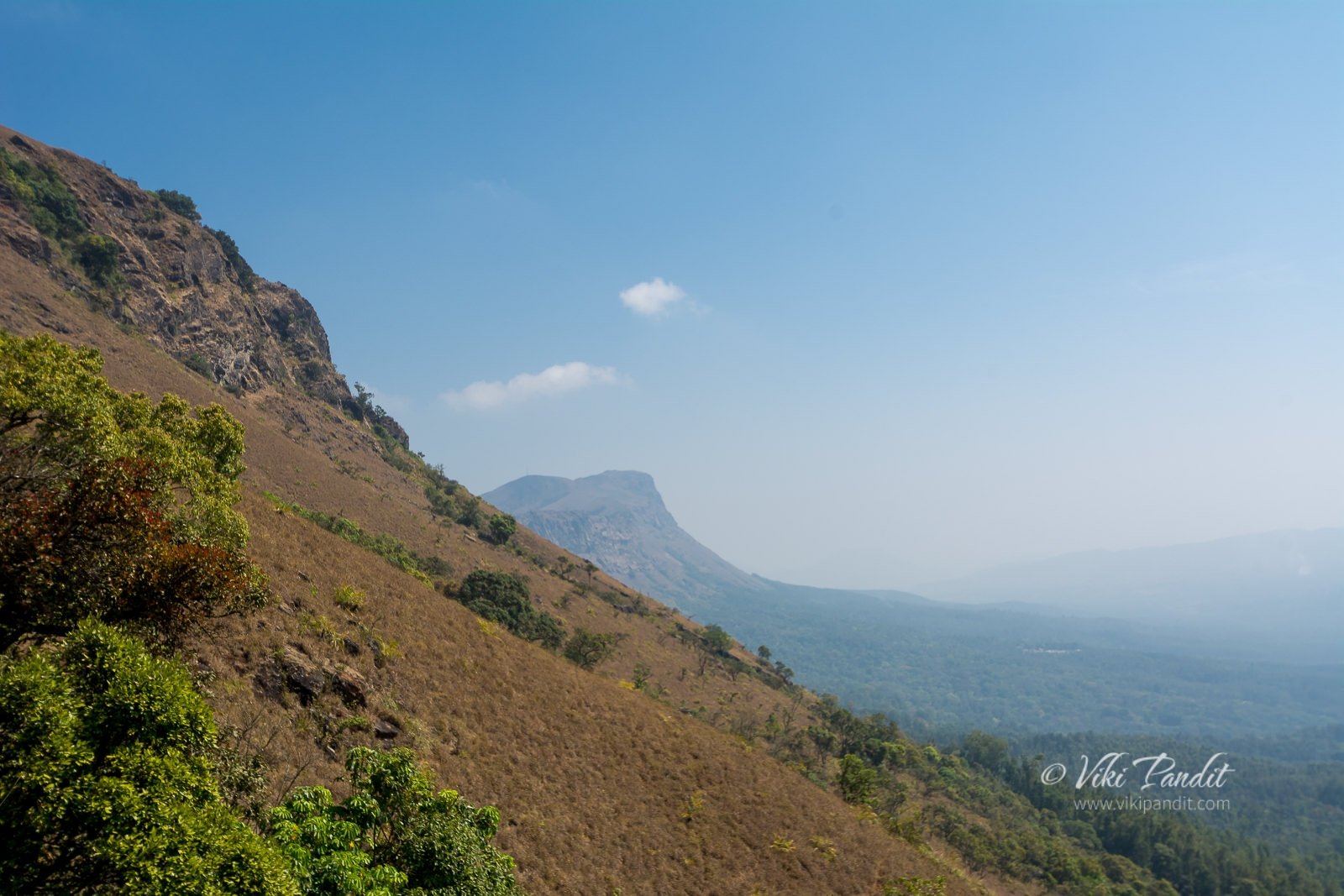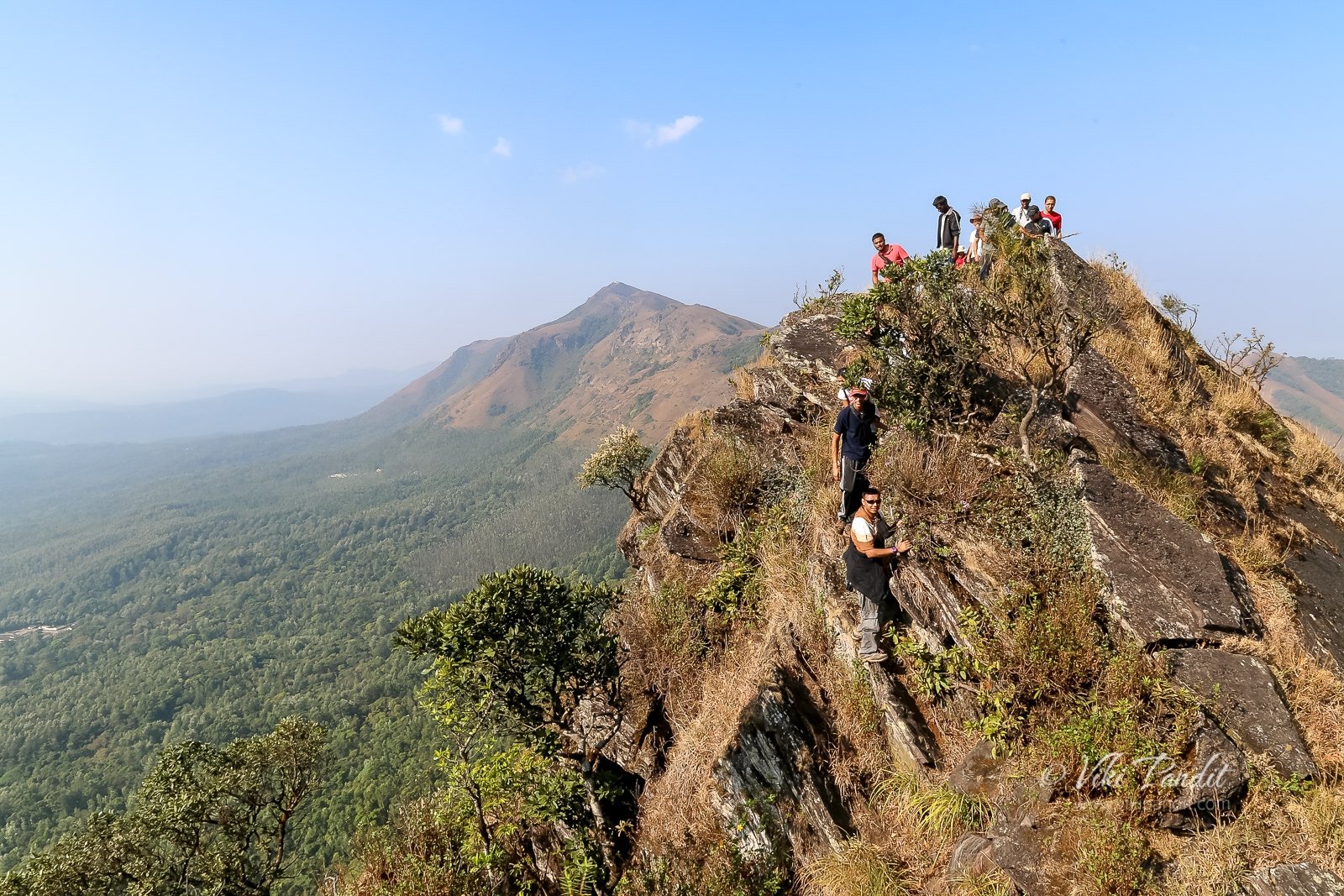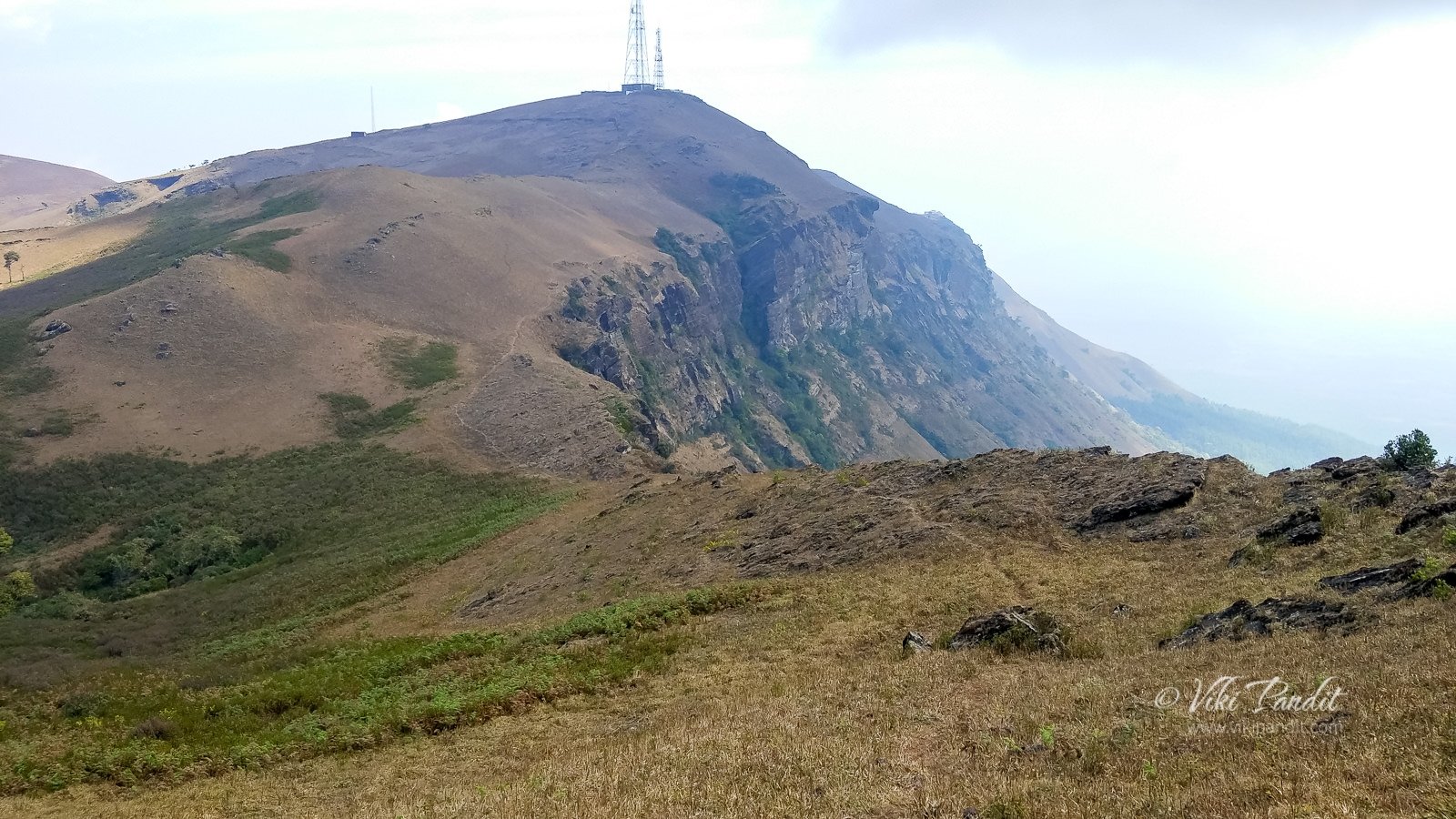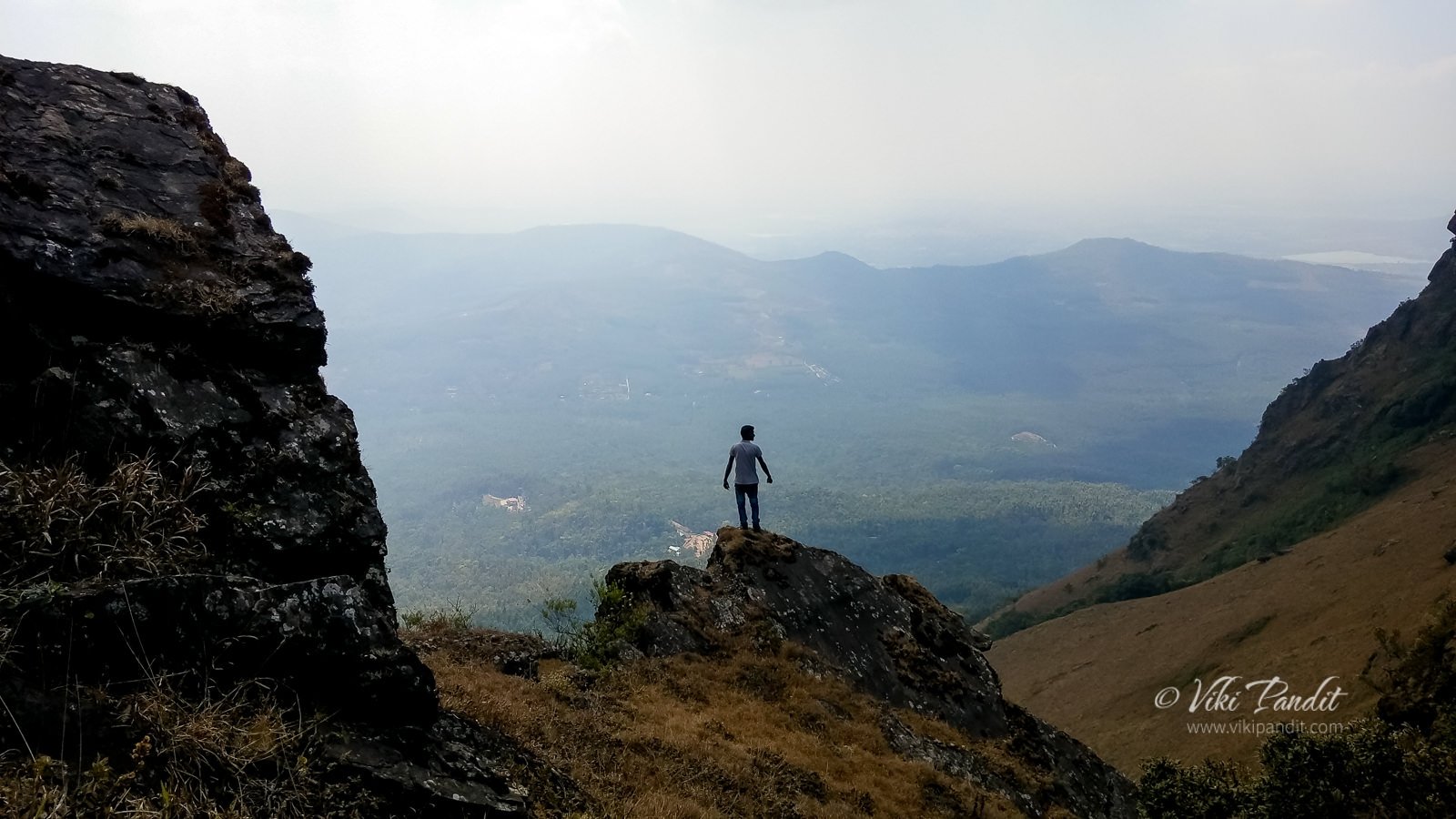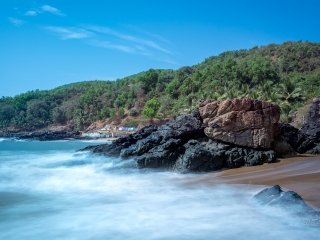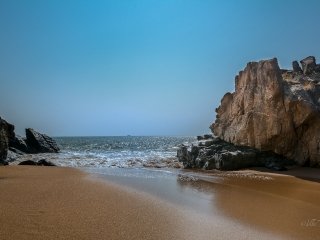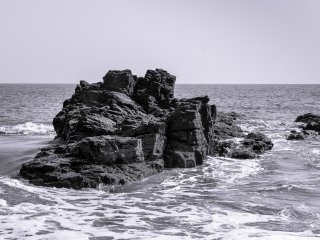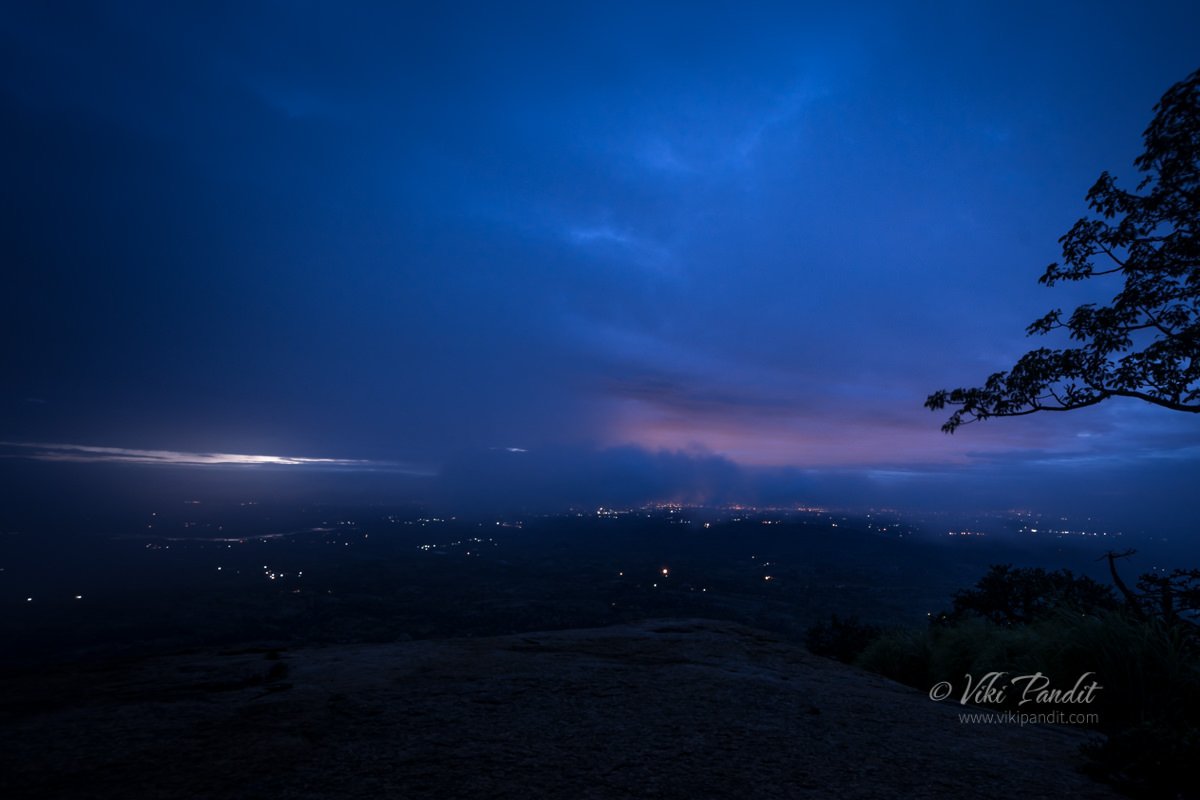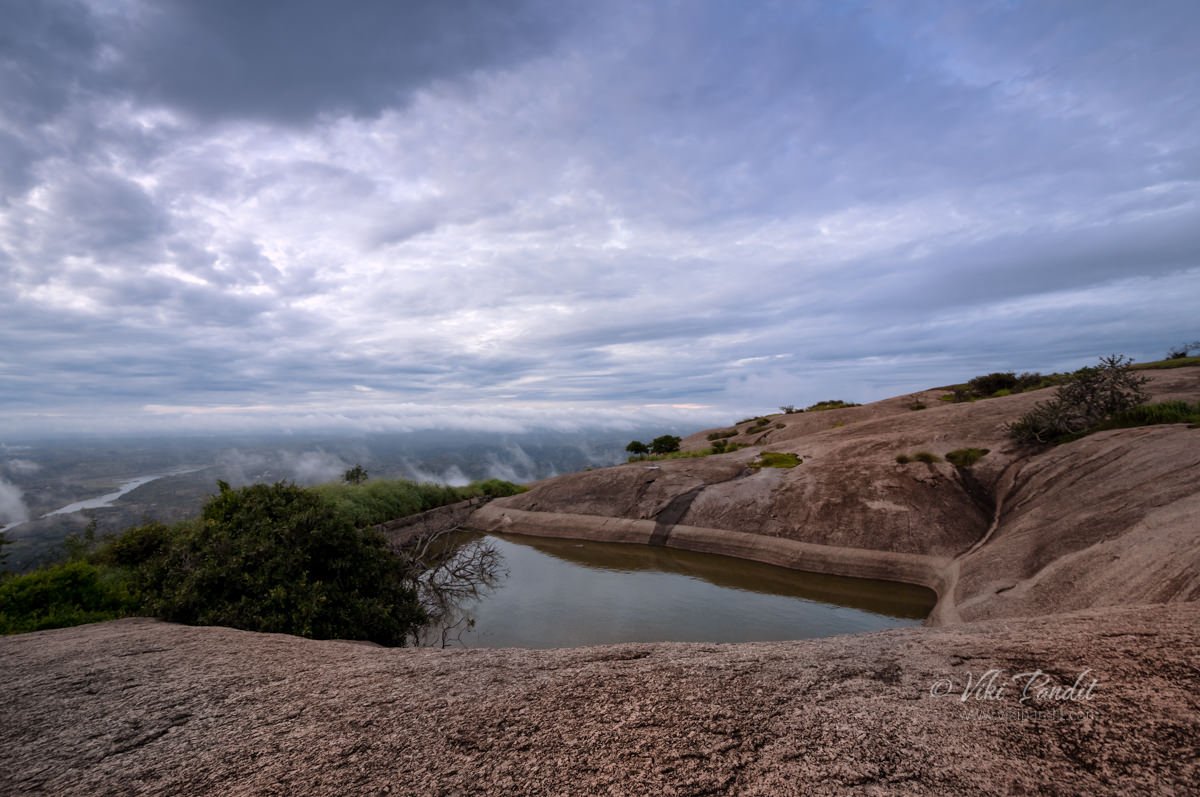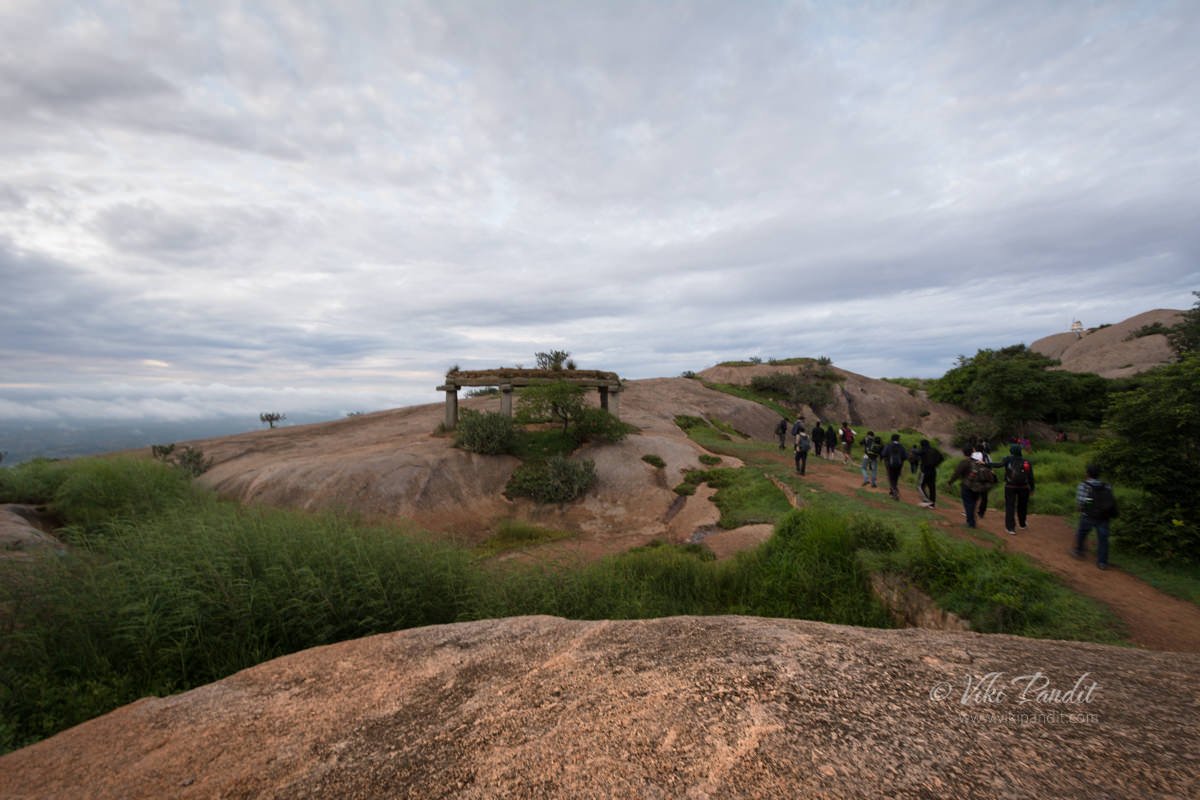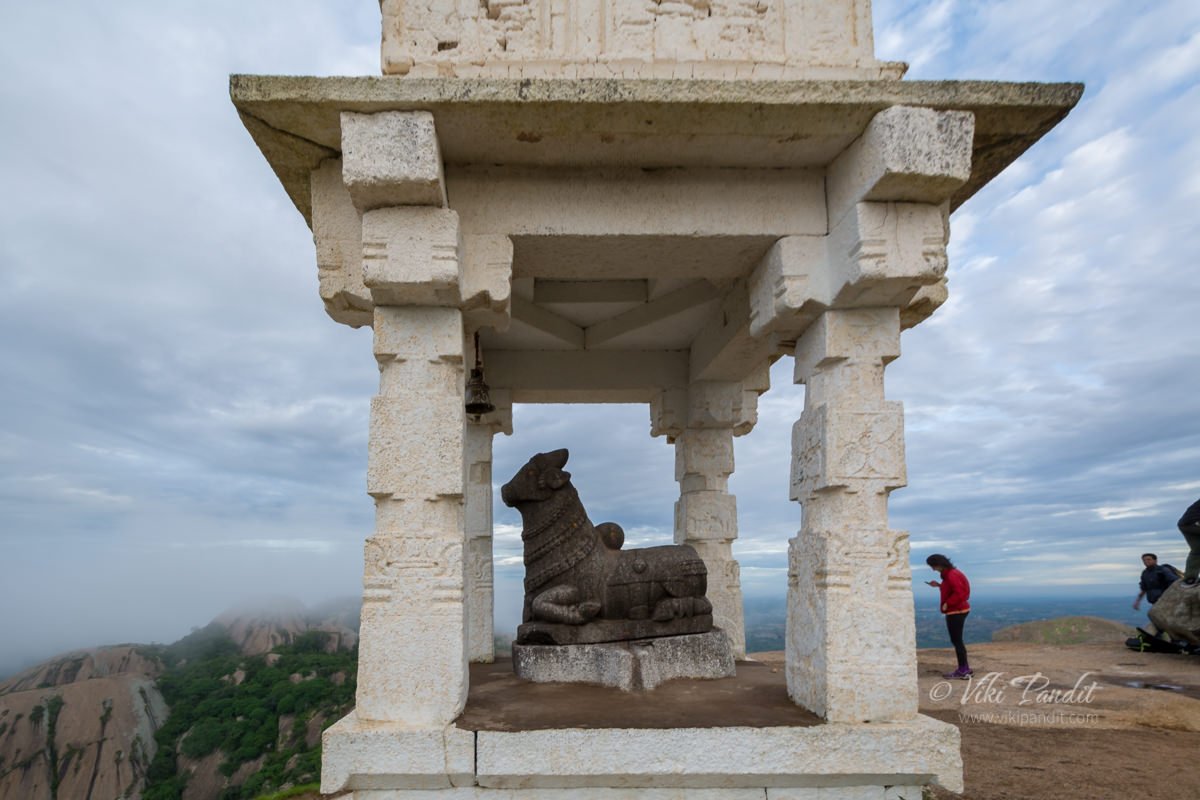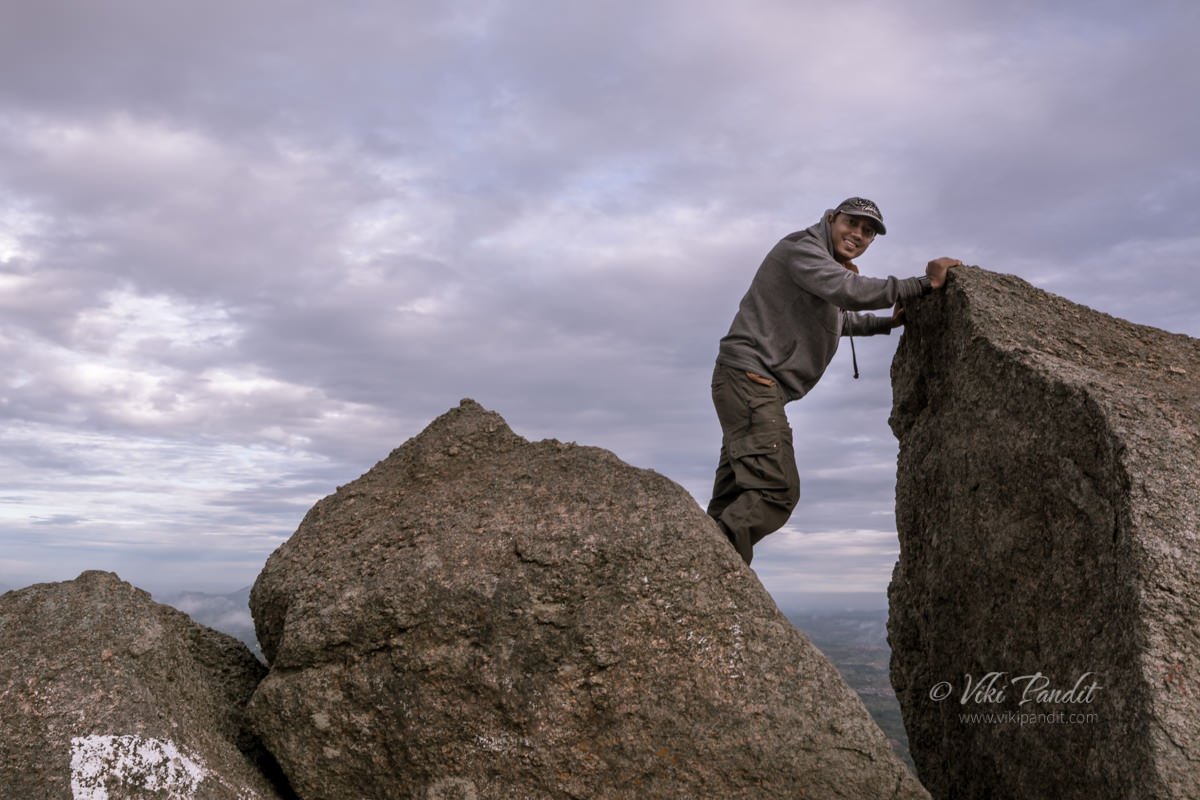Today I went back to Wakayama to explore Nachisan and capture the iconic view of Sanjudo Pagoda in front of the Nachi Falls or Nachi-no-taki as it is known locally. After the exploits of my first outing on my own to Shirahama, I was much more confident today. Shirahama was an amazing experience with the thrilling Sandanbeki Cliffs, the lovely Shirahama Beach, and the most stunning sunset at Engetsu.
Nachi Falls ([那智の滝) in Nachikatsuura, Wakayama is one of the best-known waterfalls in Japan. It is said to be the highest single-drop waterfall in the country at 133 m. The mountain is also popular for Kumano Nachi Taisha, Seiganto-ji Temple, Sanjudo Pagoda, and the Hiryu-jinja Shrine all of which can be found in the vicinity of the waterfall.
How to get to Nachi Falls from Nara/Osaka
I used the same approach as the day before while visiting Shirahama. I started a bit earlier at about 6 am. Since Nachi is further away, I wanted to have some cushion so I would have more time on hand to roam around the temple grounds.
I reached JR Nara Station at about 6.30 am and caught the next available train to Tennoji. From Tennoji I took the 7.79 am Kuroshio Limited Express, bound for Kii-Katsuura Station. If you are traveling from Osaka, you can catch the same train from JR Osaka Station.
The Kuroshio Limited Express is the fastest way to reach Nachi from Osaka
The train was mostly empty. I found myself a window seat. If you have the option, choose the window seats on the right. The view is amazing as the train travels along the pacific coast for the better part of the ride. The interiors of the train are luxurious and the big clear windows make for a lovely experience for those who love to watch the scenery as the train goes.
The Kuroshio Express passes through some beautiful countryside. After crossing the Wakayama Station, the train line moves almost parallel to the coast, going past rocky cliffs along the blue sea. The cliffs near Kushimoto Station, located on the southern tip of the Kii Peninsula are especially interesting – shaped like a natural bridge going into the ocean.
Bus to Nachi Falls
After a long ride of three and a half hours, I reached Kii Katsuura Station at 11.33 am. It is one of those quaint little stations you see in the rural areas of Japan.
The tourist information booth is located inside the station premises. The lady at the counter provided me a printed map. She was pleasantly surprised when she came to know that I was from India as not many foreigners come all the way down there.
She plotted out for me a “Nachisan Excursion Course”. The course would start from Daimon Zaka Slope and go up to Nachi Falls, via the Kumano Grand Shrine, Nachisan Seiganto-ji Temple, and the Sanjudo Pagoda. She also informed me that it would take me about 2 hours to complete the hike to Nachi Falls. Once she had provided me all the information, she directed me towards the bus stop nearby from where I was supposed to catch the bus to Nachi Falls.
Outside the station, I found a vending machine serving hot french fries amongst other fast food items. I wasn’t sure if I would find a proper eatery on the Nachi mountain, so I got one for myself and put it in my backpack for later.
There are a number of restaurants and shops near the station. The shops were mostly empty at this time of the day, with very few people around. The next bus to Nachi Falls was scheduled for 12.30 pm, so I wandered around the area looking for some souvenirs.
A small group had gathered near the bus stop by the scheduled time. Most of them were Japanese couples. I didn’t notice any foreigners among them. This bus also makes a stop at Nachi Station too, in case you are arriving via Mie.
As the bus drove through the town, one can see many abandoned broken-down buildings in the area. The typhoon Talas that struck in 2011 had been quite severe on the town of Nachikatsuura. Once the bus moved into the outskirts of the city and entered the mountains, it was a much more serene view.
It takes about 20 minutes to reach Daimon Zaka Bus stop from the Kii Katsuura Station. The ride costs me ¥420. A young couple also got down with me. The bus continued on with the rest of the tourists to Nachisan.
I could have gone directly to Nachi-san but I wanted to hike through the primeval forest. What is the fun of coming to this beautiful countryside if one doesn’t experience the unique landscape of Kumano’s spiritual forest?
Kumano Kodo Daimon Zaka slope
Daimon-zaka means “large gate” referring to a gate that once stood at the entrance to the slope. I was not really sure which way to go, so I followed a narrow path going towards high ground, hoping it was the right trail.
Meoto Sugi
The path leads up to two huge cedar trees, standing on either side, which serves as a beginning to the Daimon-zaka Slope. These two almost 800-year-old cedar trees are known as Meoto Sugi (Married Couple) Trees. For centuries these trees have been standing together welcoming pilgrims and tourists – making their way up the hill. In 2000, the locals came together and performed a wedding ceremony between them. It is believed that couples marrying between these trees will find eternal love.
Beyond the married cedar trees, the path gives way to an ancient cobblestone staircase called Kumano Kodo trail which runs from the base of the valley all the way to the parking lot near Nachi San.
Kumano Kodo Trail in Nachi
The Kumano Kodo (Ancient road of Kumano) is a network of pilgrimage roads that link all three major sacred sites in the Kii Mountain range. Japan’s Kumano Kodo trail is one of only two pilgrimages in the world with UNESCO World Heritage status – the other being Spain’s Camino de Santiago. During the Heian period, people used to make the pilgrimage from Kyoto to Kumano Taisha using this trail. The trail, however, is not limited to Nachi. Its total length is about 300 km extending across the prefectures of Wakayama, Nara, and Mie. In July 2004, the Kumano Kodo, pilgrimage routes were registered as UNESCO World Heritage as part of the “Sacred Sites and Pilgrimage Routes in the Kii Mountain Range“
A fleet of rocky steps took me up the Daimon Zaka slope. The massive cedar trees surrounding the trail create a divine atmosphere in the primeval forest. The Kumano Kodo’s rugged, forested mountains, quiet rural valleys, rivers, and waterfalls provide a spectacular backdrop for hikers.
At a point in the trail, the forest opens up beside the road. From the road, though very far away, I could see the top of Sanjudo Pagoda.
The trail is properly maintained and easy to climb. Mani, my wife, was here in December when it had rained profusely and the slopes were a bit slippery. So, fellas, keep an eye out for the weather before you embark on this hike.
I reached the parking lot in about half an hour and about 270 steps. The hike is not very tough and I saw several aged Japanese making their way down, as I was hiking up the hill.
Kumano Nachi Grand Shrine
Once I came out of the Daimon Zaka slope, there is a series of long steep stairs to get to Kumano Nachi Grand Shrine. Kumano Nachi Taisha (熊野那智大社) is a Shinto shrine and part of the UNESCO-designated World Heritage Sacred Sites and Pilgrimage Routes in the Kii Mountain Range. Its main deity is Izanami no Mikoto, who is a deity of unity. Along these stairs, you can find numerous shops selling black stone souvenirs.
Climbing up, I reached a fork on the stairs. The left one with a big red Torii led to Kumano Nachi Taisha. I decided to skip the Shrine for now and if time permitted return back to see it.
Kanzeon Bosatsu
To the right, just at the fork in the stairs, one can find a small wooden temple with a statue of Kanzeon Bosatsu, merciful hermaphrodite Goddess (観世音菩薩) is one of the five great Bodhisattva who administers mercy and compassion. A stone pillar in front says “For World Peace.“
Kanzeon (観世音) can be broken down into three words – the one who constantly surveys (kan 観) the world (ze 世) listening for the sounds (on 音) of suffering. Kanzeon and Kannon is used in Japanese with the same meaning. You might think why these sound almost similar. Well… Kanzeon was shortened by removing the ze(世) to make it Kannon.
Seiganto-ji Temple
A few paces later, I found myself in front of the Seiganto-ji Temple. I lit some incense sticks at the altar. Seiganto-ji is the first temple that is visited in the Saikoku 33 Kannon Pilgrimage. It is said that Seiganto-ji was established by an Indian monk, Ragyo-shonin, who happened to travel to the Nachisan area and practiced ascetic Buddhism at the base of Nachi Falls in the 4th century. As such, the original build of the Seiganto-ji qualifies to be the oldest temple in the Kumano area.
The original buildings were destroyed during the Japan unification war. What we see currently was re-built in 1590 AD on the orders of Hideyoshi Toyotomi (who was the Military General and a friend of Oda Nobunaga). Seiganto-ji was designated as a World Heritage Site in 2004. The main worshiped deity here is Kanzeon Bosatsu (also known as Bodhisattva Kannon).
From the temple grounds, on the other side, one can get a full view of the Kii mountain range. I didn’t spend too much time in this area – given my rush to capture the iconic Sanjudo Pagoda in front of Nachi Falls.
Sanjudo Pagoda
After walking down a fleet of stairs I finally found myself in front of the vermilion pagoda juxtaposed with the cliff-diving Nachi Waterfall. It is hard to explain in words the majestic view of the waterfall in the backdrop, with the vermilion pagoda standing against it. I can only imagine how this view might have influenced the spirituality of the residents in the temples and shrines here. This is definitely the most beautiful photo of Nachi Falls that I have captured.
Religious Significance of Nachisan
Since ancient times people have considered this area to be a pilgrimage. For centuries people have visited these lands believing in the mystic powers of the mountains of Kumano. One of these beliefs is that if a worshiper prays at the Three Grand Shrines, he or she can attain salvation. The shrines thus attract many pilgrims ranging from members of the Japanese Imperial Family to the common folks.
I took a few more photos of the stunning pagoda with the Nachi-no-taki together. If you have time do not miss going up to the top balcony of the Pagoda.
The hike had made me hungry. I dug into the french fries I had obtained from the vending machine at the Kii-Katsuura station. I was also carrying a couple of shrimp Onigiri with me. After the quick lunch, I just laid down on one of the seats in front of the pagoda, mesmerized by the amazing view.
Nachi Waterfall
It was 2.30 pm already. After the quick rest, I walked downhill along the road towards Nachi Falls. A few meters downhill there is a narrow stone path cutting through the forest, towards the Nachi Falls.
One can also take the road if you don’t want to cut through the forested trail.
After walking for about 15 minutes I was at the gates of Hirou Shrine, one of the three Kumano Grand Shrines. It was also a relief to see the bus stop just nearby.
Hirou-jinja
Hirou Shrine’s gate marks the entrance to the Nachi Falls. I went through the Torii to a wide stone stairway that goes directly to the base of the waterfall. The cedar trees are much more massive here than anywhere on the trail.
At the base, I took a breather in front of the cascading waterfall. Flowing between the peaks of the Kumano Nachi mountain, the Nachi River creates over 48 waterfalls. Nachi Falls, also known as Nachi-no-taki, is the largest of them.
If one wants a closer look at the waterfall, one can enter the shrine and take the stairs up towards a wooden deck. It costs ¥200 to enter the shrine. From the vermilion deck, you can get the best view of Nachi falls as the water falls from the incredible height, hits the rocks below, and transforms into a small stream at the foot of the waterfall.
While coming down there is a small reservoir with natural spring flowing through the mouth of a stone-carved dragon head. Drinking spring water is supposed to give one good health. I filled my bottle with some to take back home for my wife.
It gets dark early in these mountains. It was only 4 pm but the light had begun to fade. I went back to the bus stand and waited anxiously for the next bus to show up. Anxious, because the last train to Osaka was at 6.10 pm and I didn’t want to miss it. Missing that last train would have left me stranded in Nachi. Thankfully, the Japanese are very punctual and the bus arrived exactly at 4.25 pm and I reached Kii Katsuura station by 4.50 pm.
Waiting at the platform it was hard not to be still lost in those memorable moments that I spent at the stunning Nachi Falls. I had a wonderful time in the mountains of Nachi. Though the pilgrimage has been in operation since ancient times, it still remains quite off the map for most tourists. That inadvertently resulted in a richer experience for people like me who love silence. If you are planning a day trip to Nachi Falls, I would advise visitors to stay back for a night in Nachi so you can start the tour early in the morning. I missed out on exploring the Kumano Nachi Taisha because of lack of time.
Train from Nachi to Osaka
Nachi is a journey into the realm of nature that brings purification to the soul. For centuries Japanese pilgrims have walked the Kumano Kodo, a more than 1,200-year-old network of trails that pass cedar forests, cascading waterfalls, and picturesque villages in the Kii Mountains.
Nachi being the terminal station, the train pulled into the station about 20 minutes early. I got myself a bag of peanuts and took my seat on the train. It was a near 4-hour journey back to Tennoji. The hike had taken a toll on me. I turned on my music playlist thinking of the charming elevated temple with the lovely view of Nachi Falls. I spent nearly 8 hours traveling for that one memory of the magnificent vermillion three-story pagoda and I will tell you that it was worth it.
Stretching across the Kii Peninsula on the island of Honshu, the pilgrimage takes us off the beaten track into a world of stunning scenery, soothing hot springs, delicious food. This journey through southern Wakayama and the Kumano Kodo will prove to be one of the most exceptional experiences you will have during your trip.
Thanks for reading. Leave me a comment if you liked the post or follow my story as I visit the illuminated Kenrokuen Garden in Kanazawa.
The Kumano Kodo is a mountain trek with waterfalls and shrines and physically demanding. Set mostly in the deep forest, there are a number of steep ascents and descents along the trail. I would highly recommend walking poles.
I only covered a fraction of the Kumano Kodo trail. For the full route, please allow 7 days in total, including rest days.
Most of the areas I visited were free. To enter the shrine at the base of Nachi Falls it cost ¥200 per person.
Bus Schedules – Nachi Falls
Provided below are the bus time tables between Kii Katsura Station and Nachi Falls. Please note Nachi Falls is not the terminal stop. There another stop that goes all the way up to Nachisan mountain.
Updated March 17th 2018
Timings & fares are subject to change
Bus fare from Kii Katsura Station (Adult / One Way)
Daimonzaka: ¥420
Nachisan / Nachi-no-Taki-mae( Falls): ¥620
